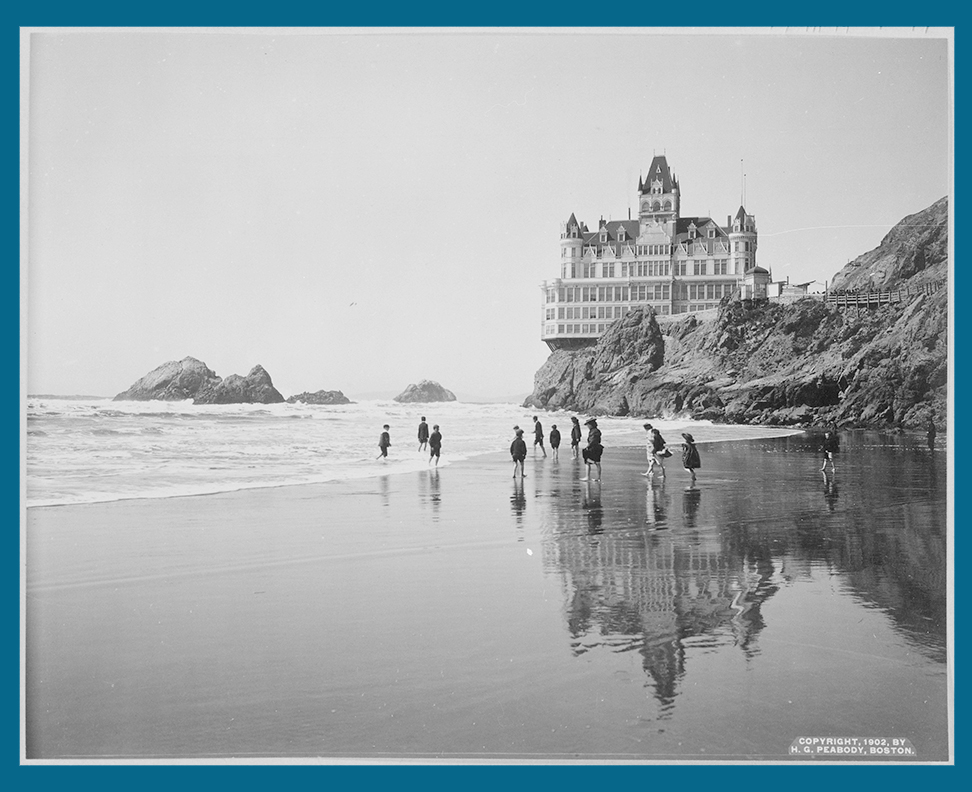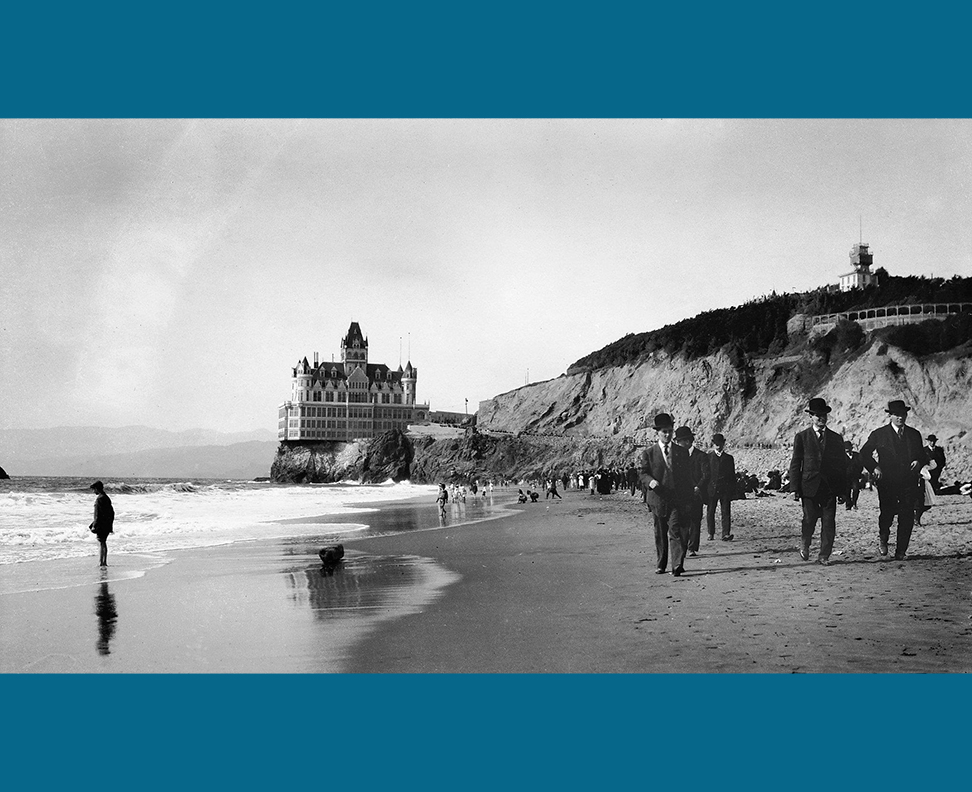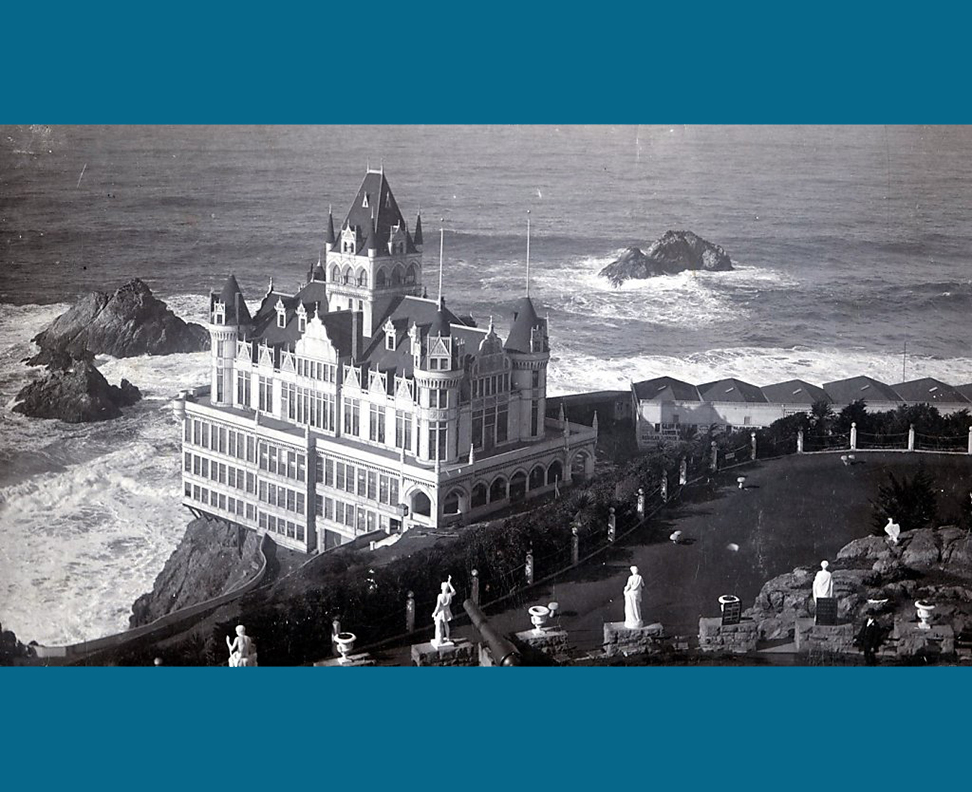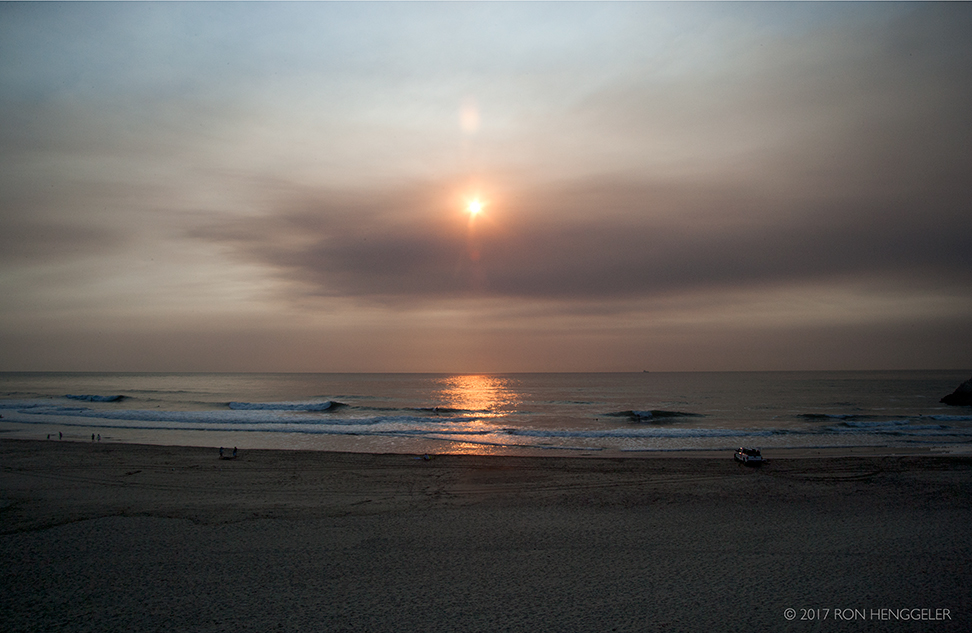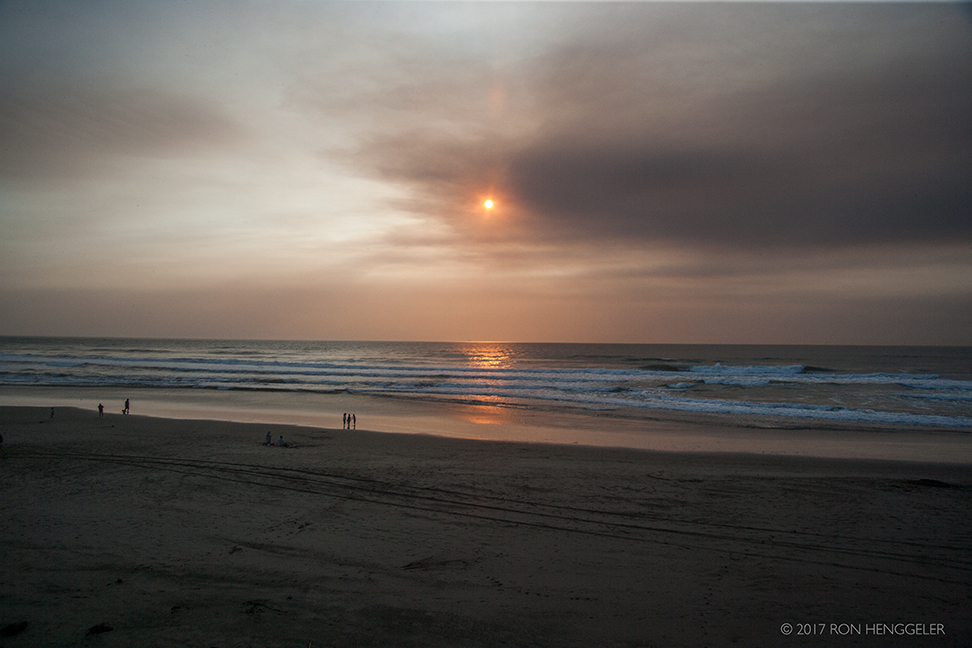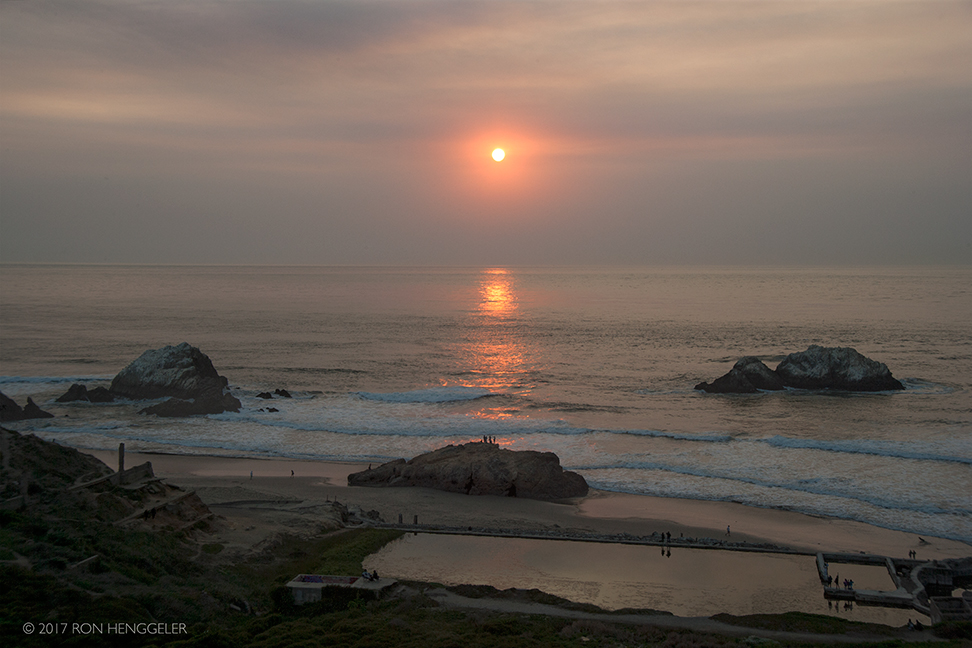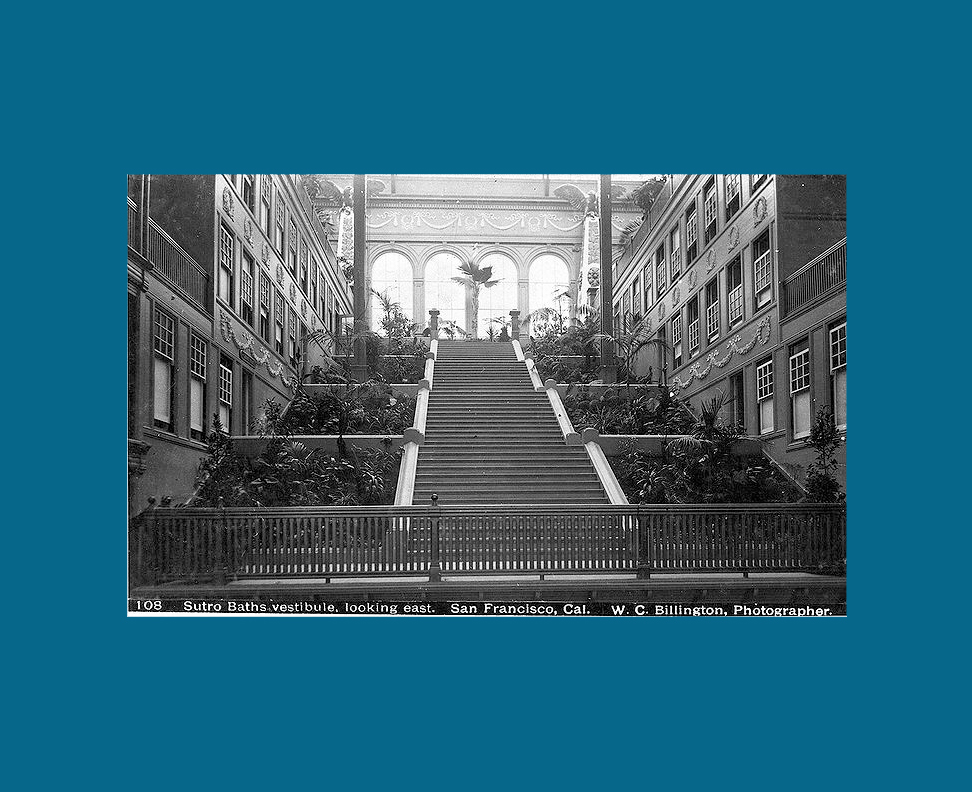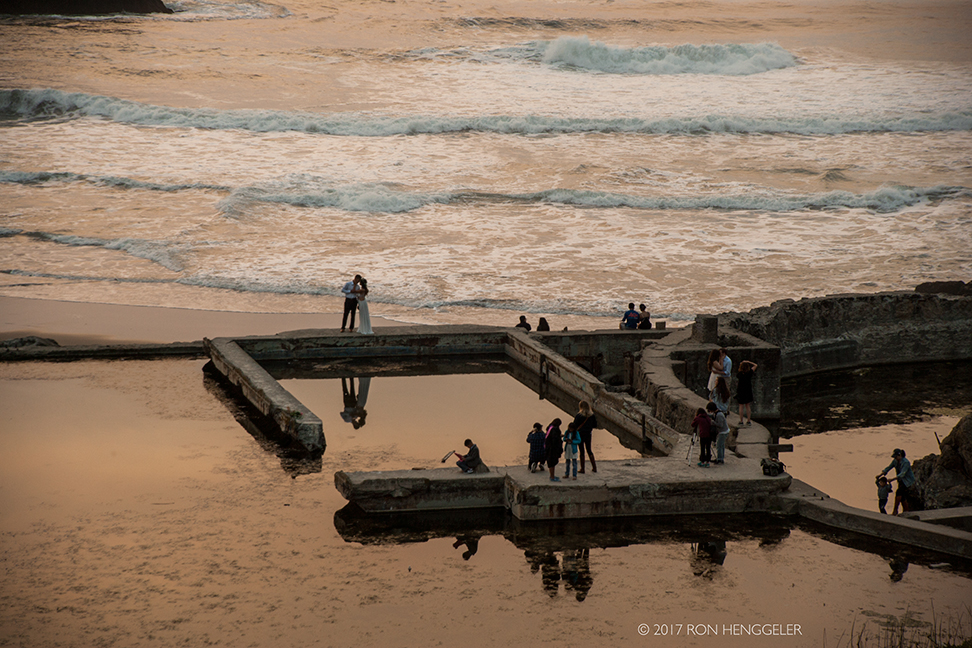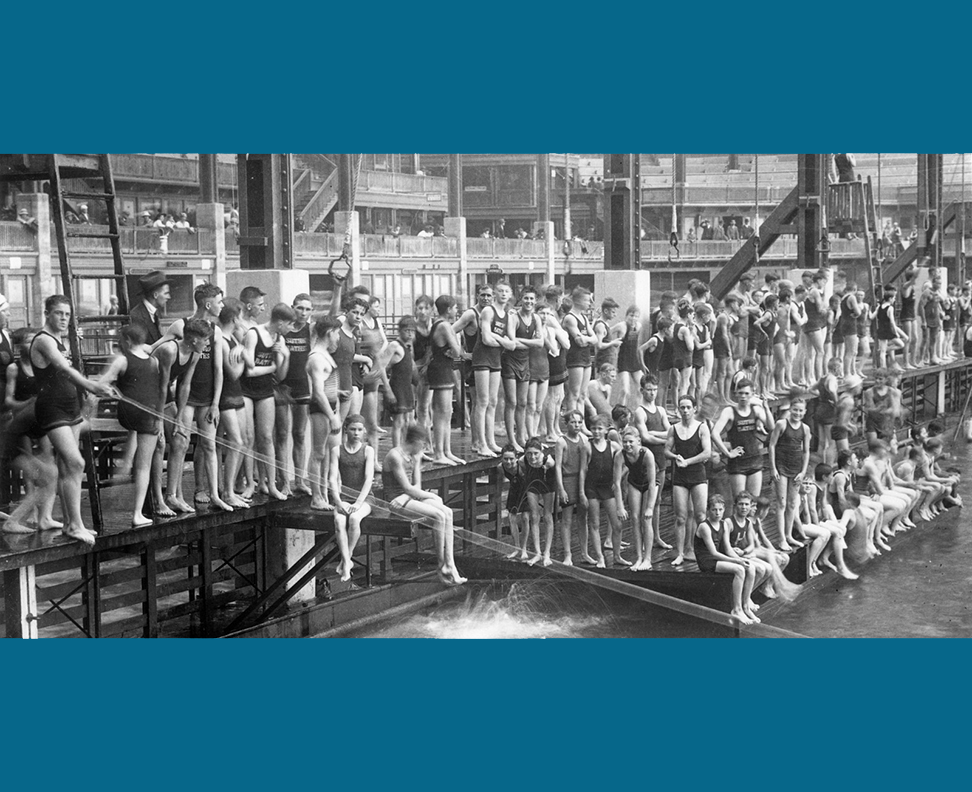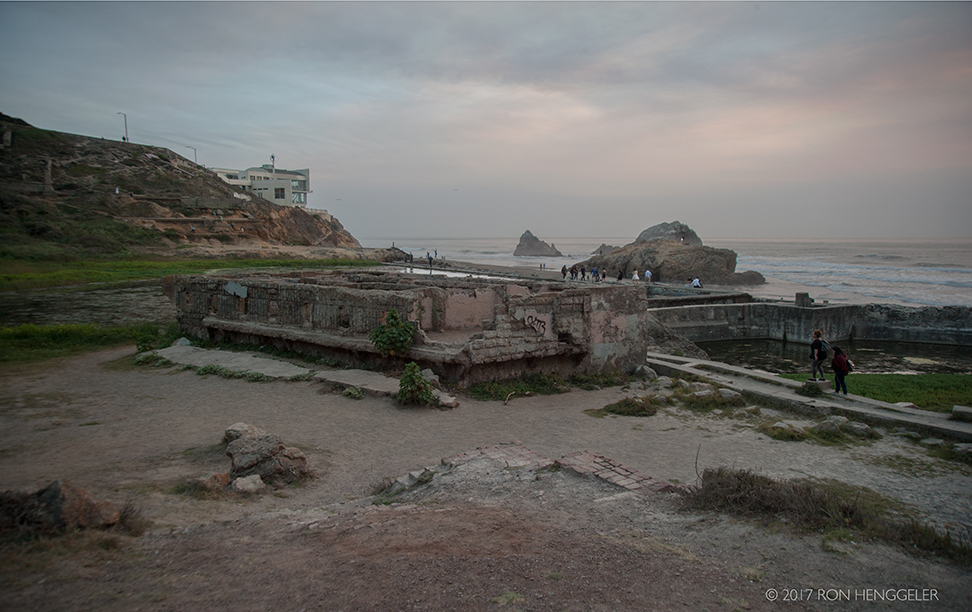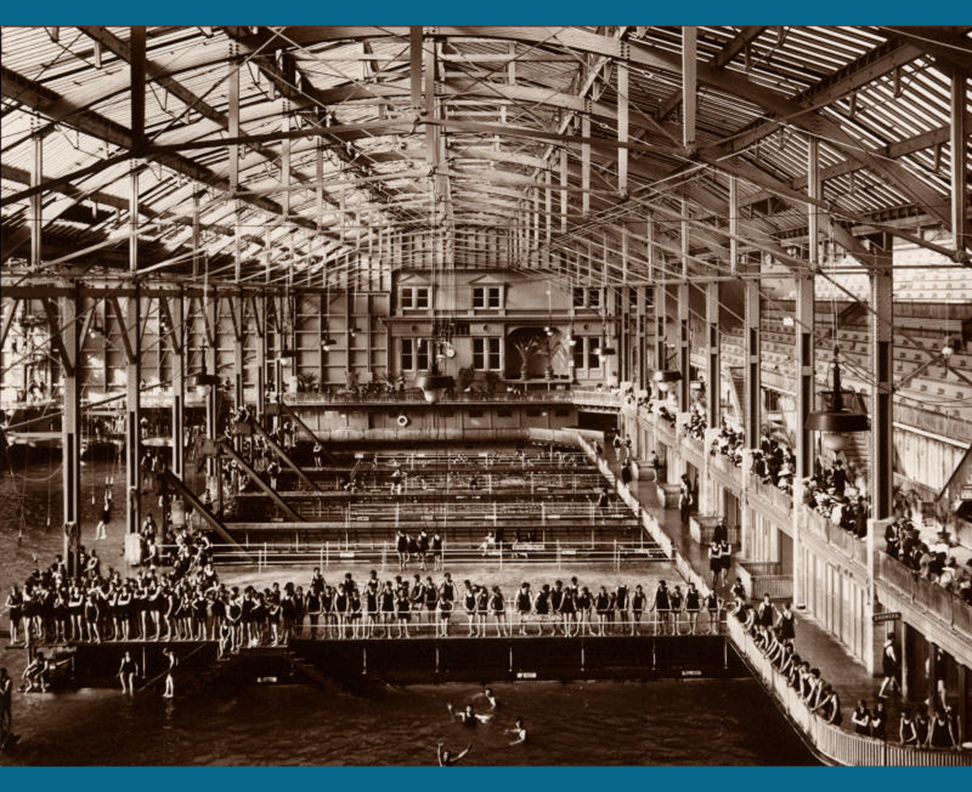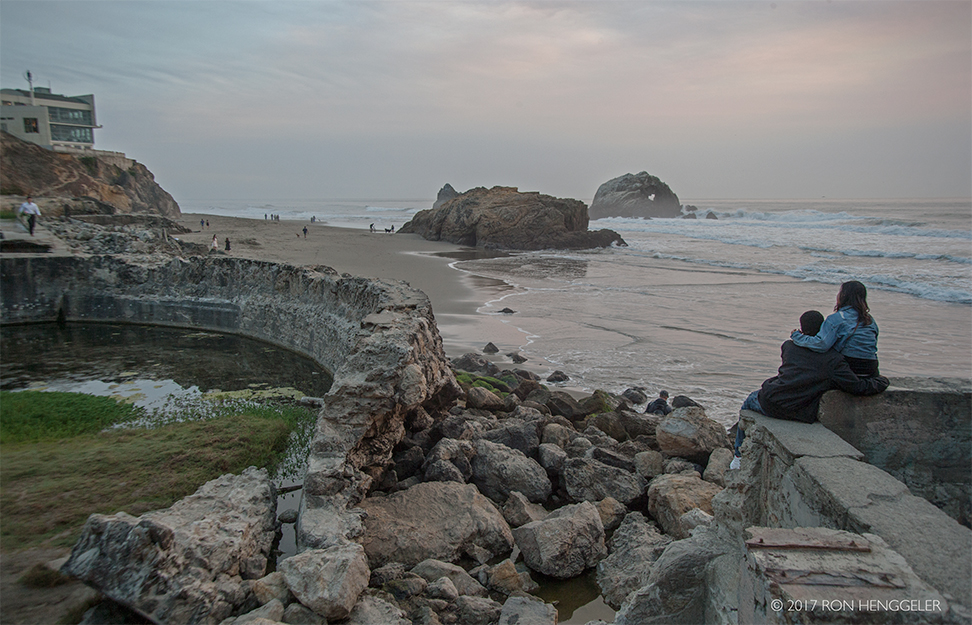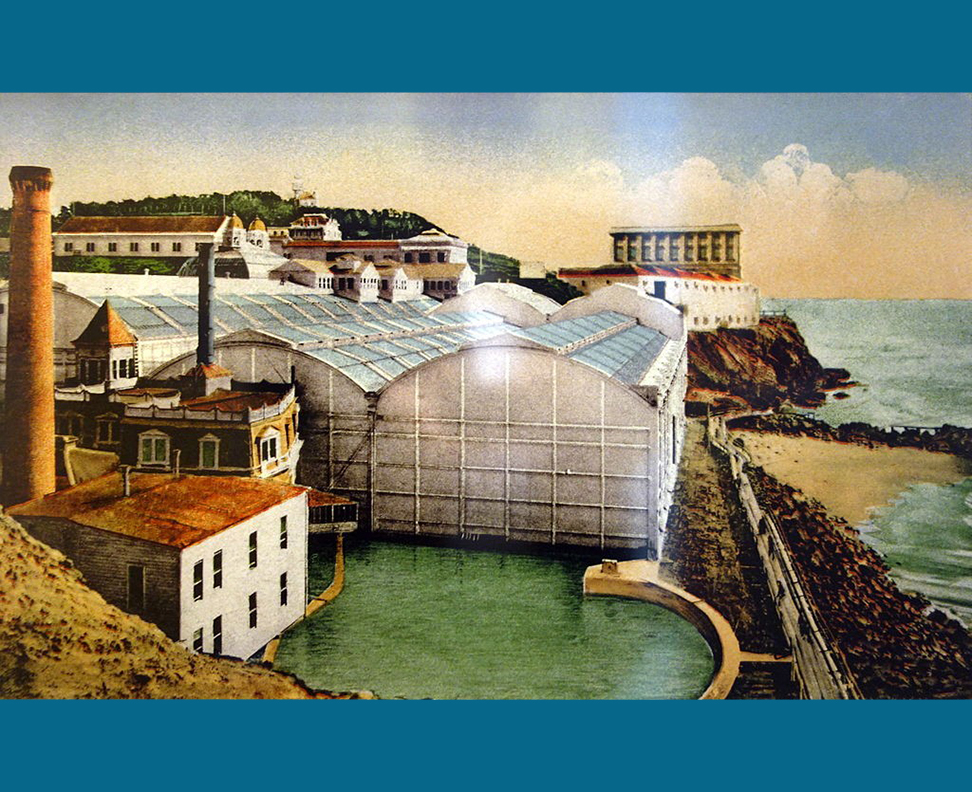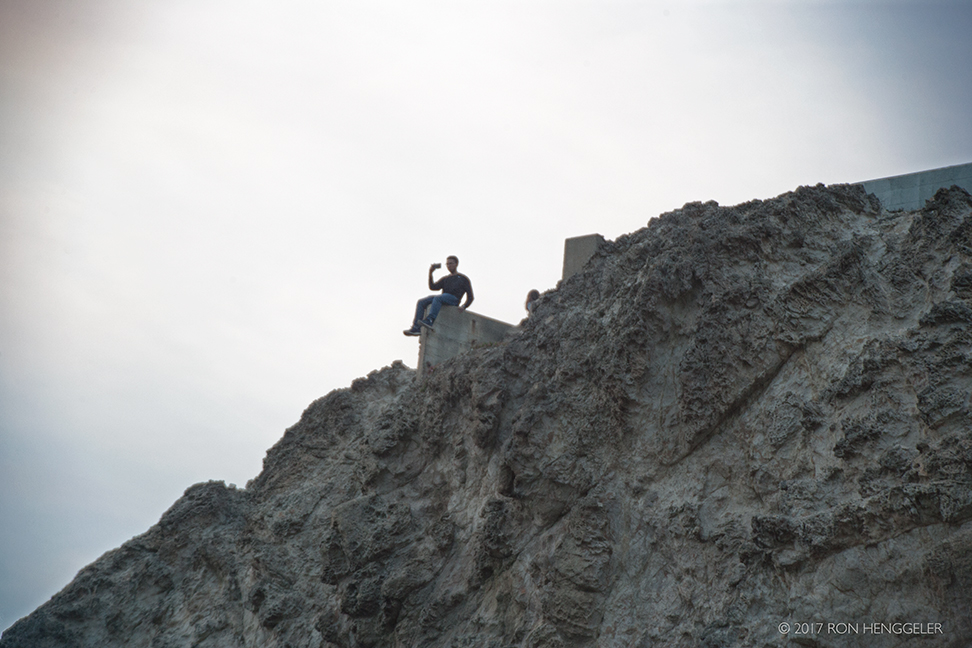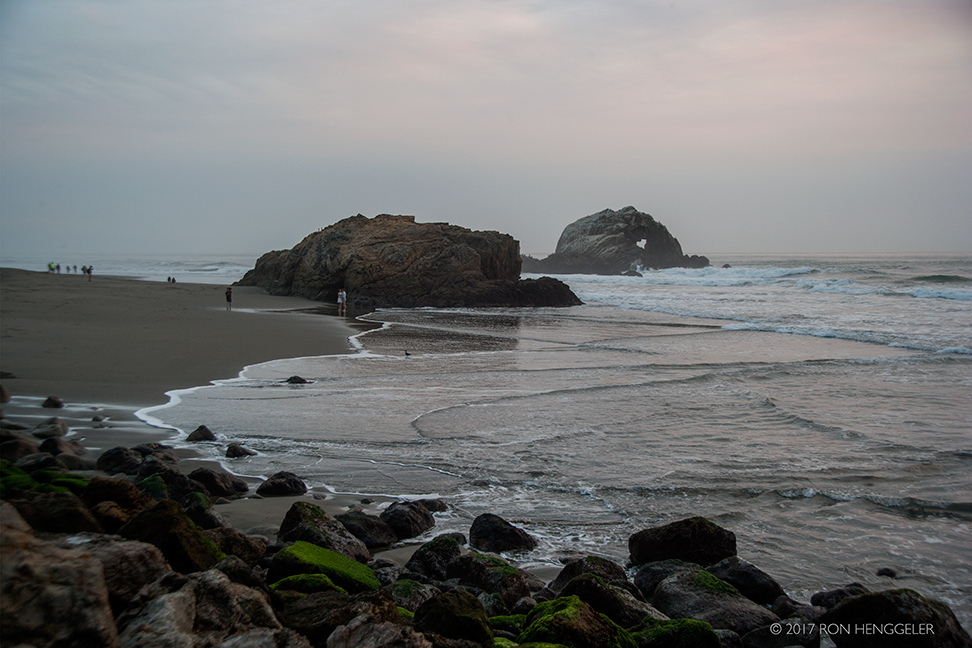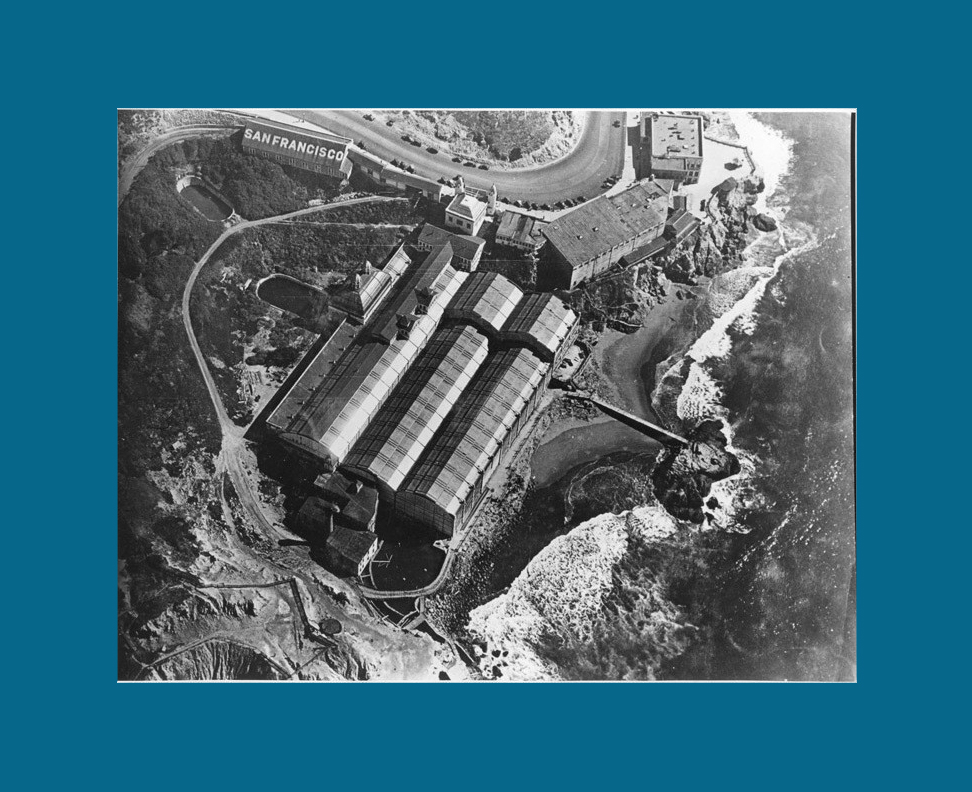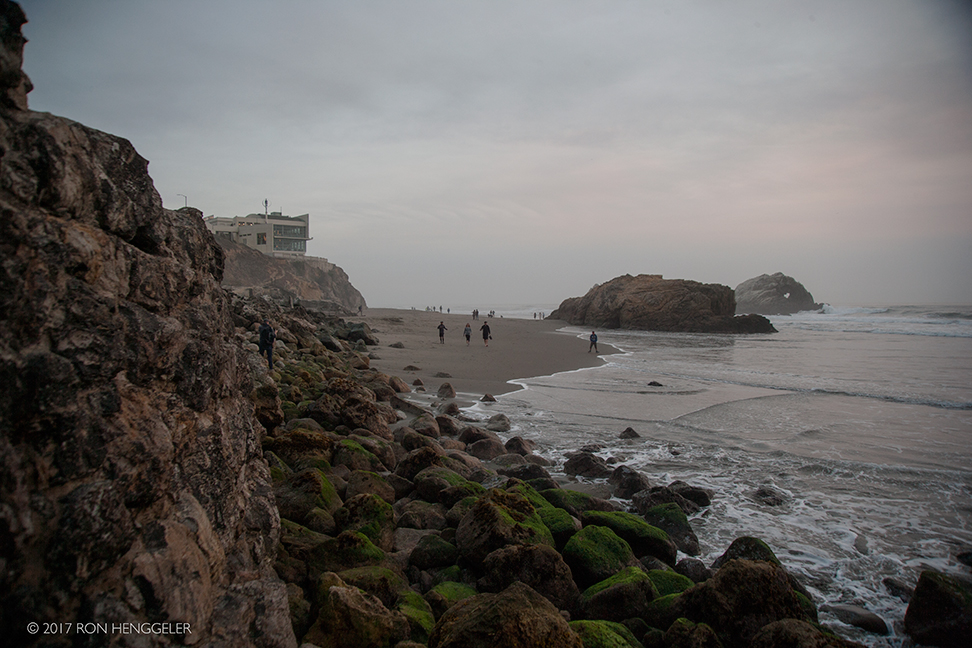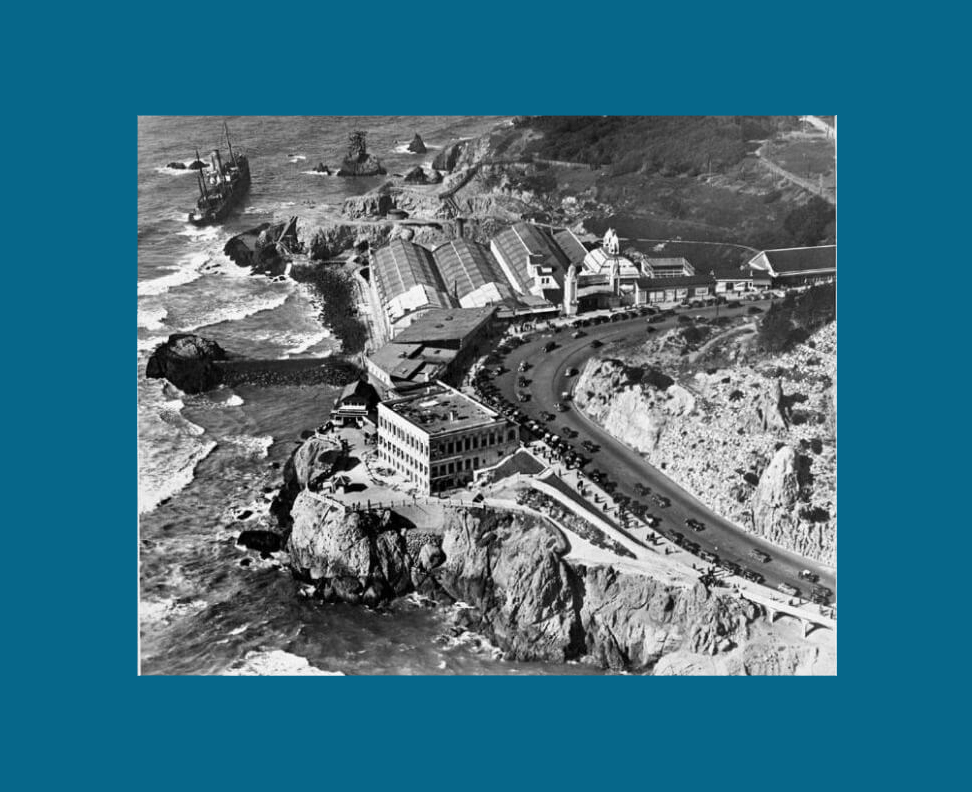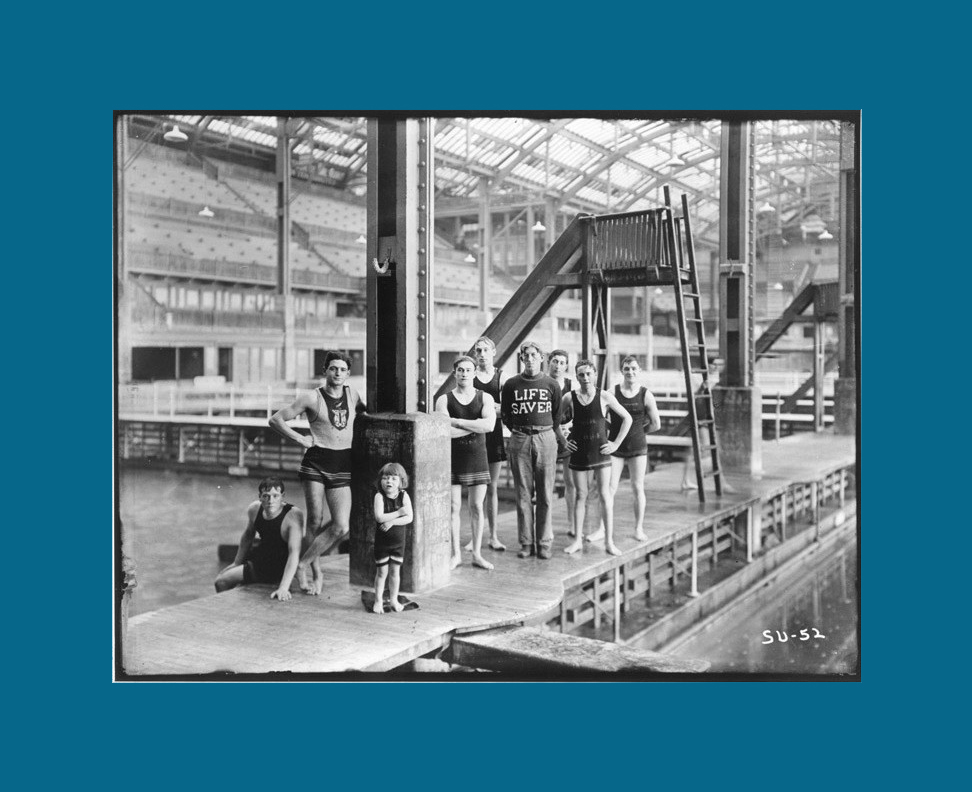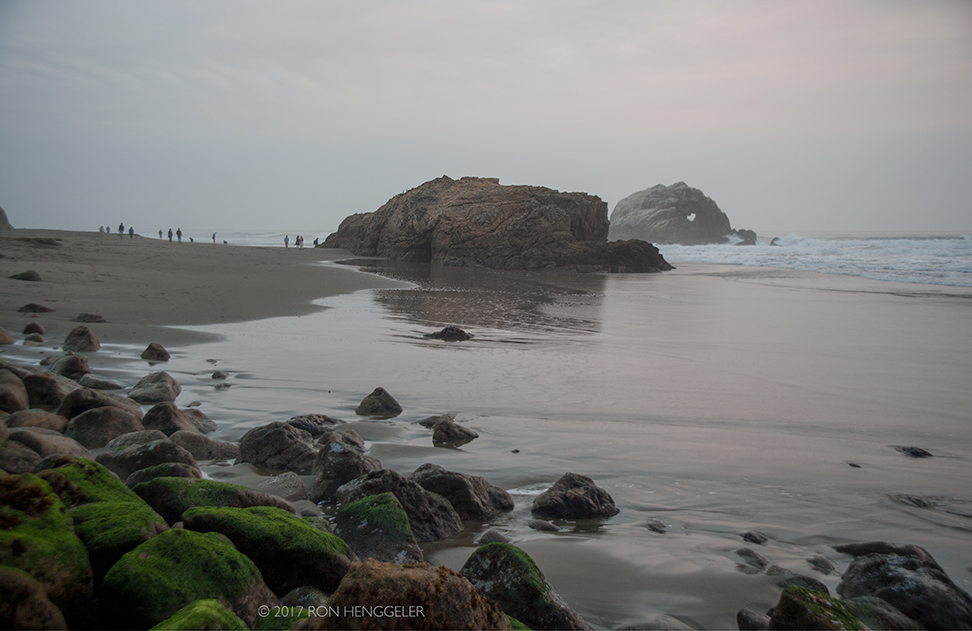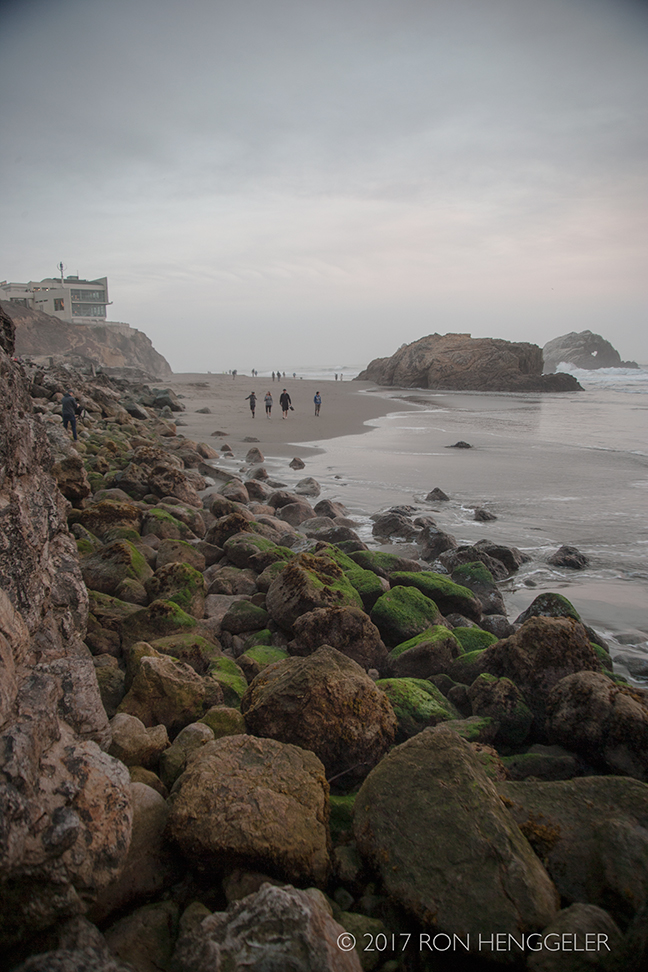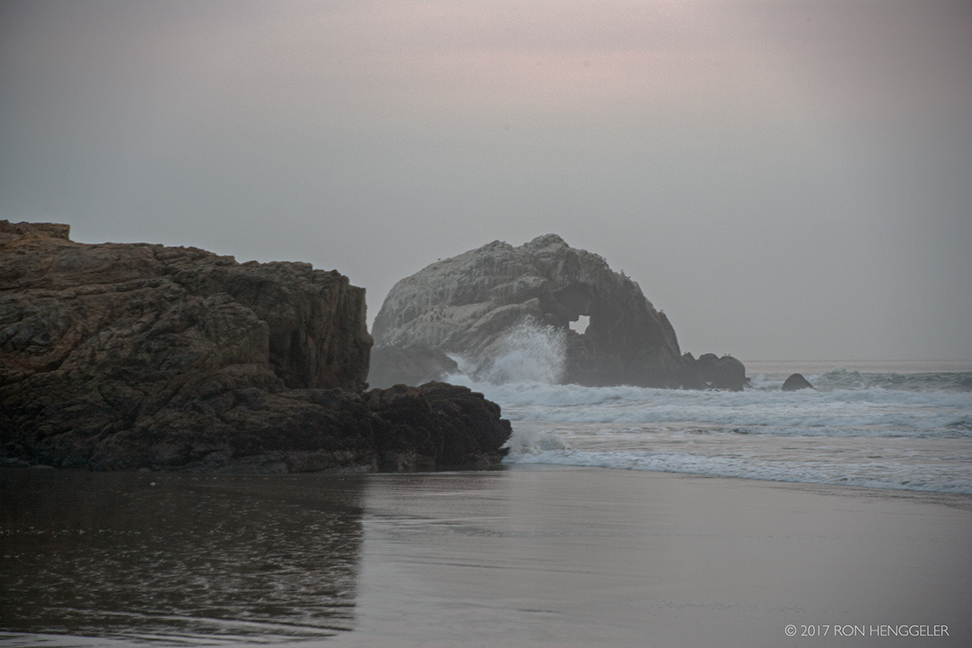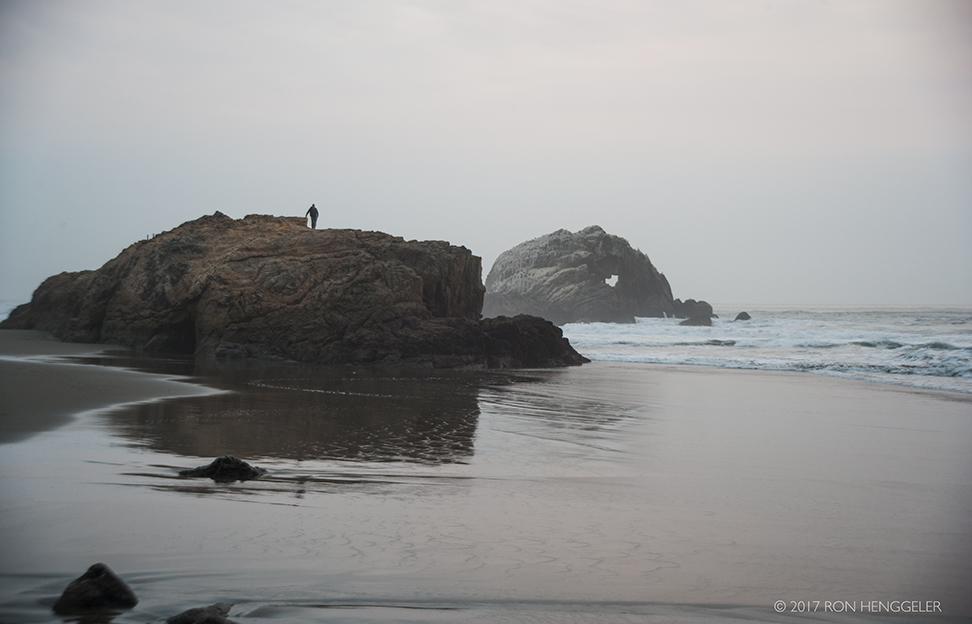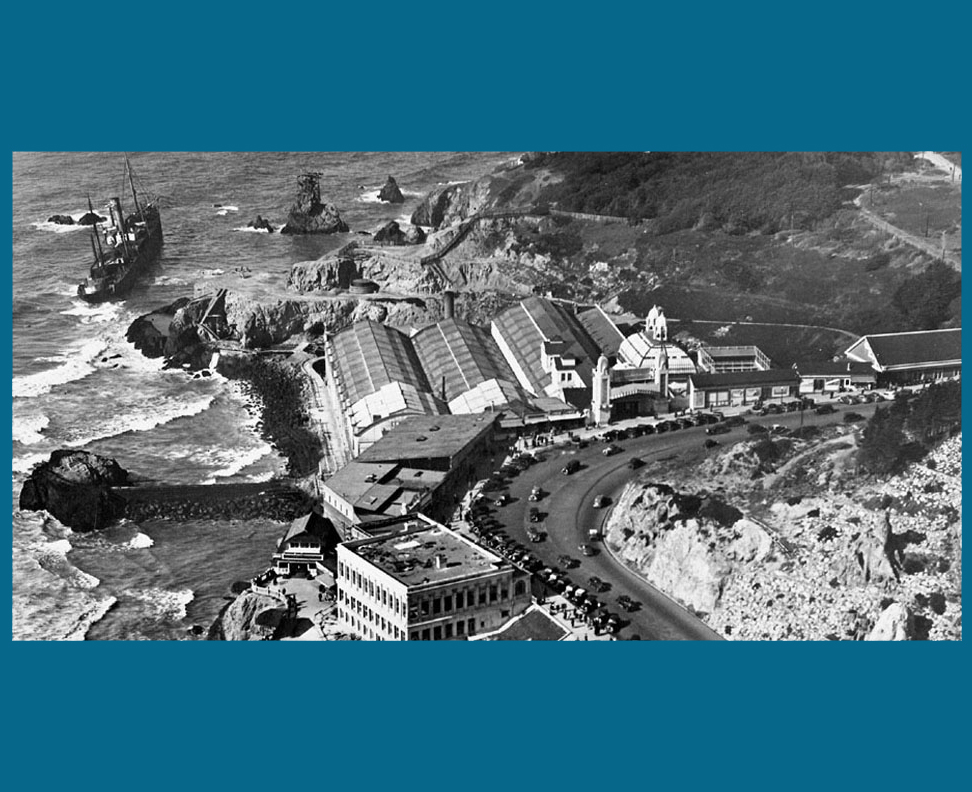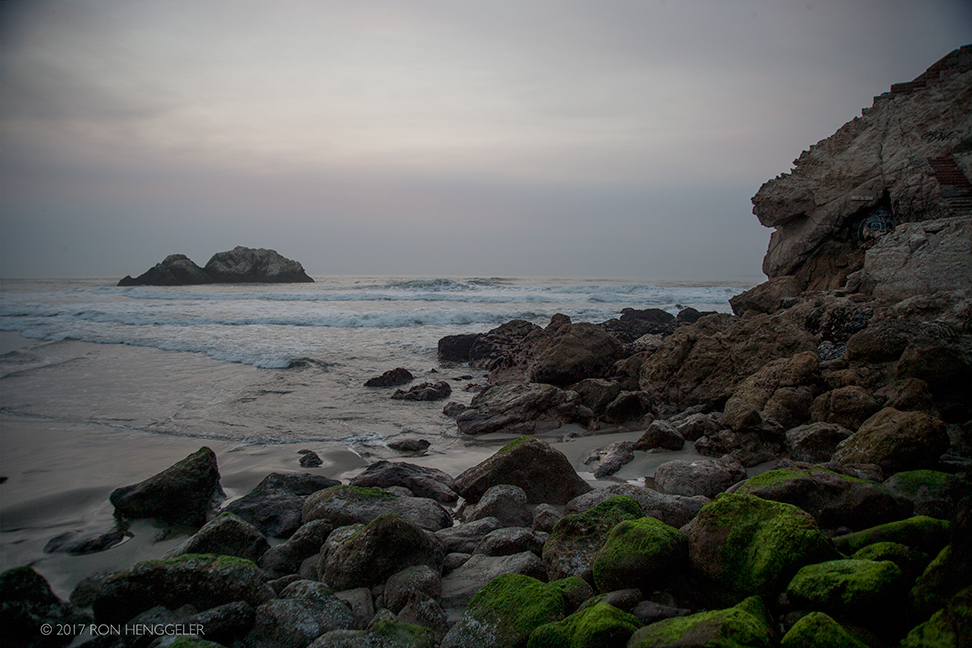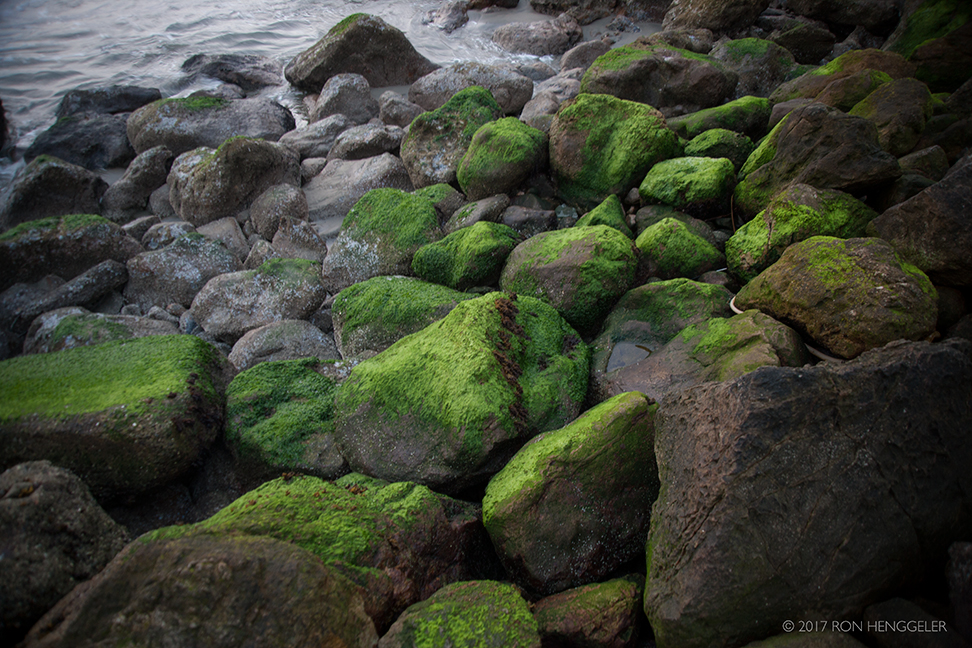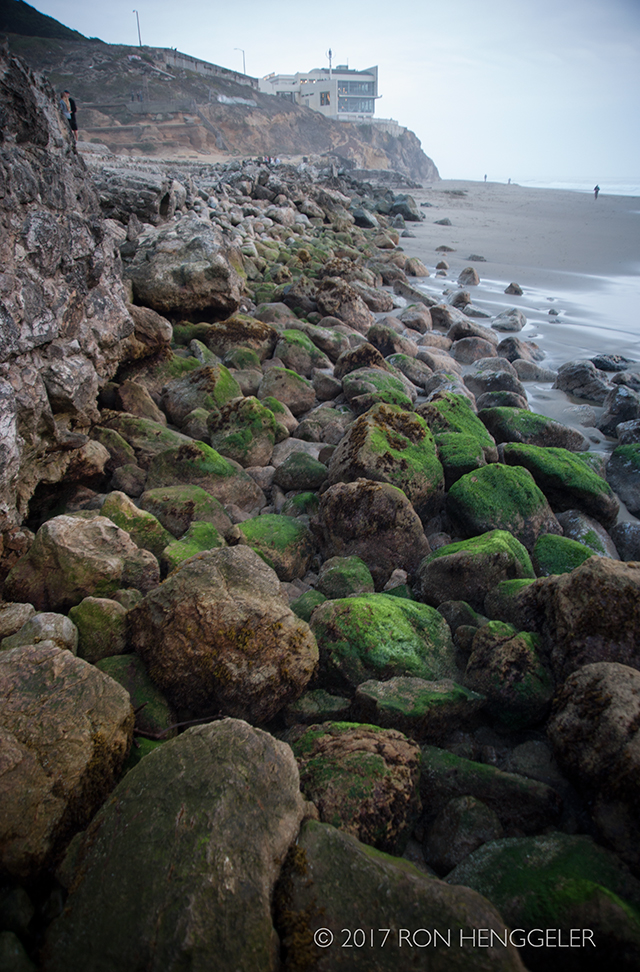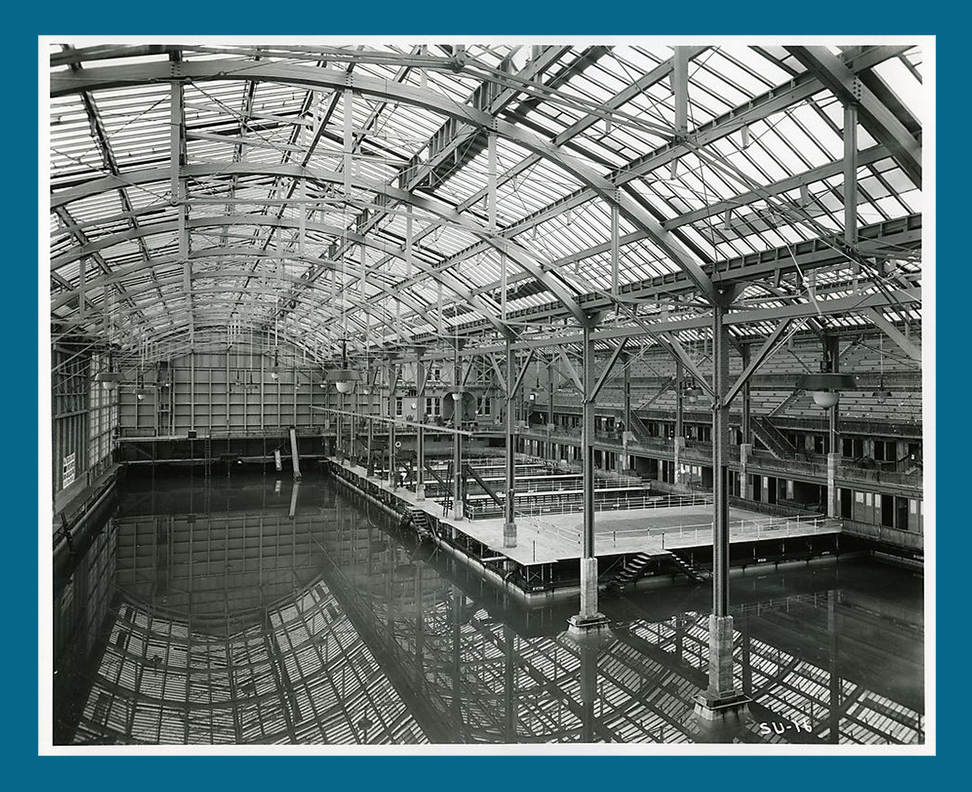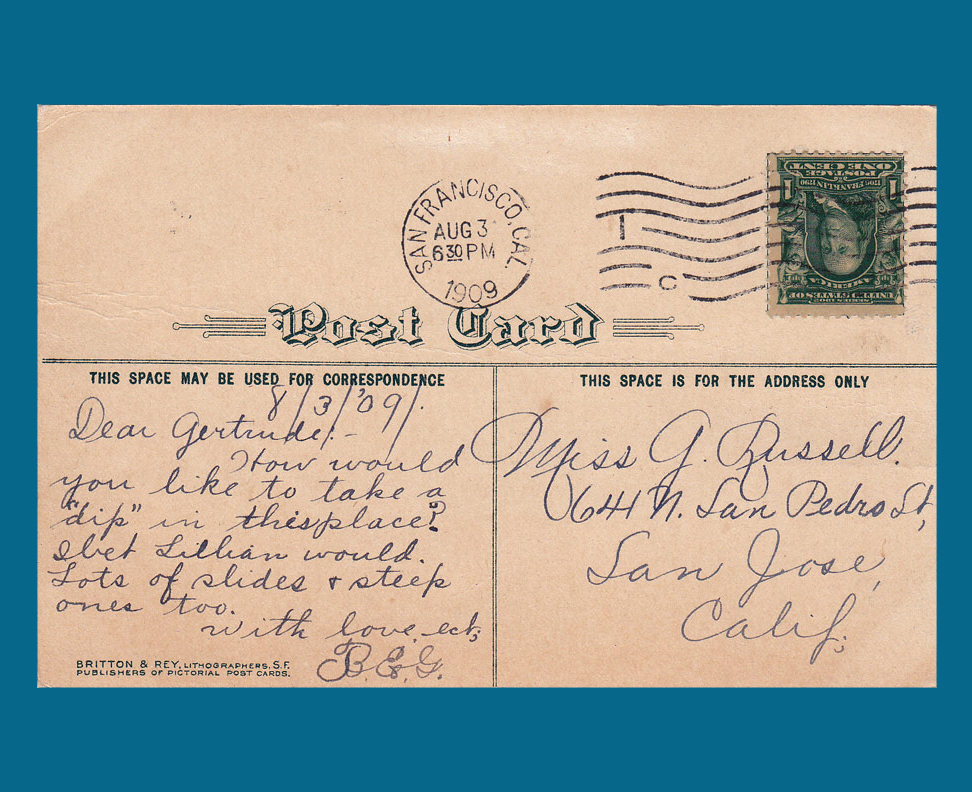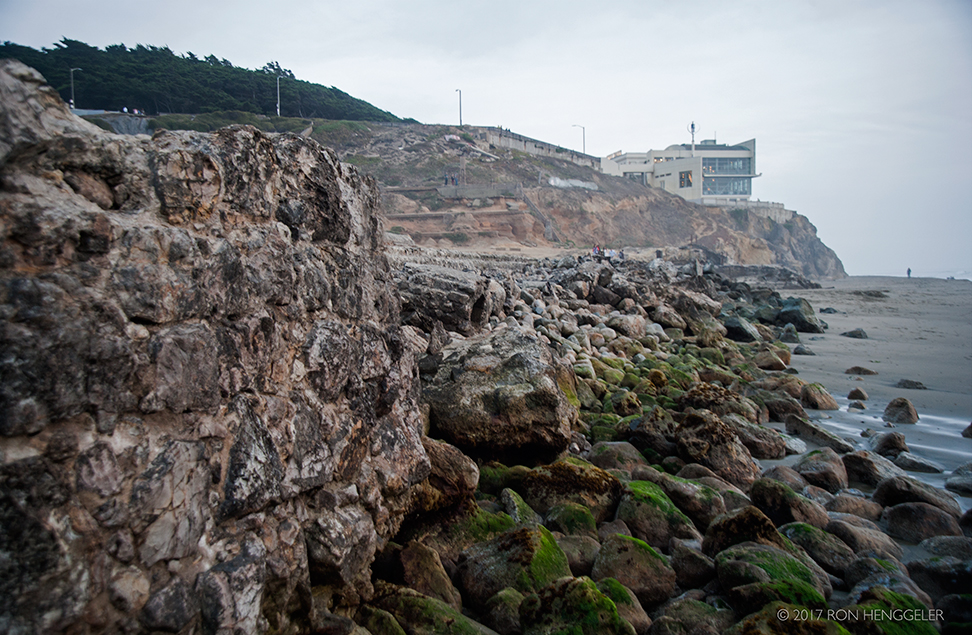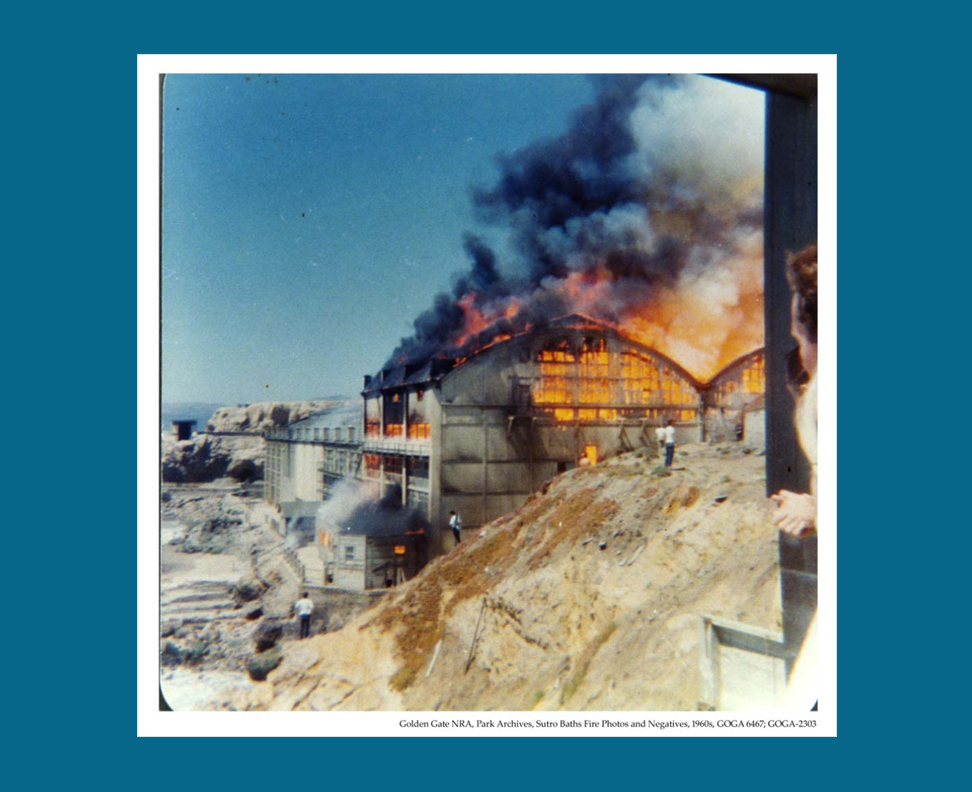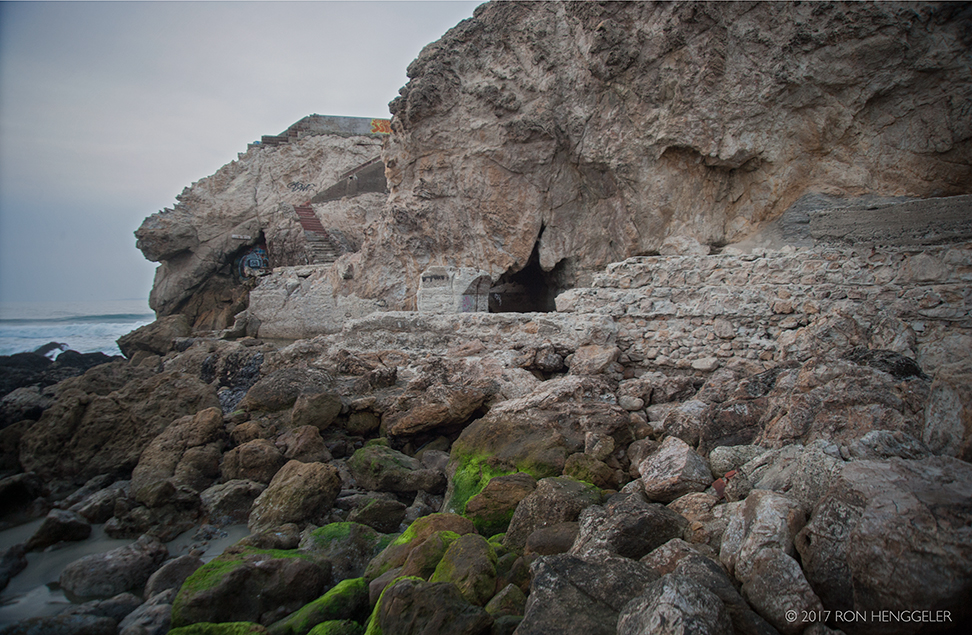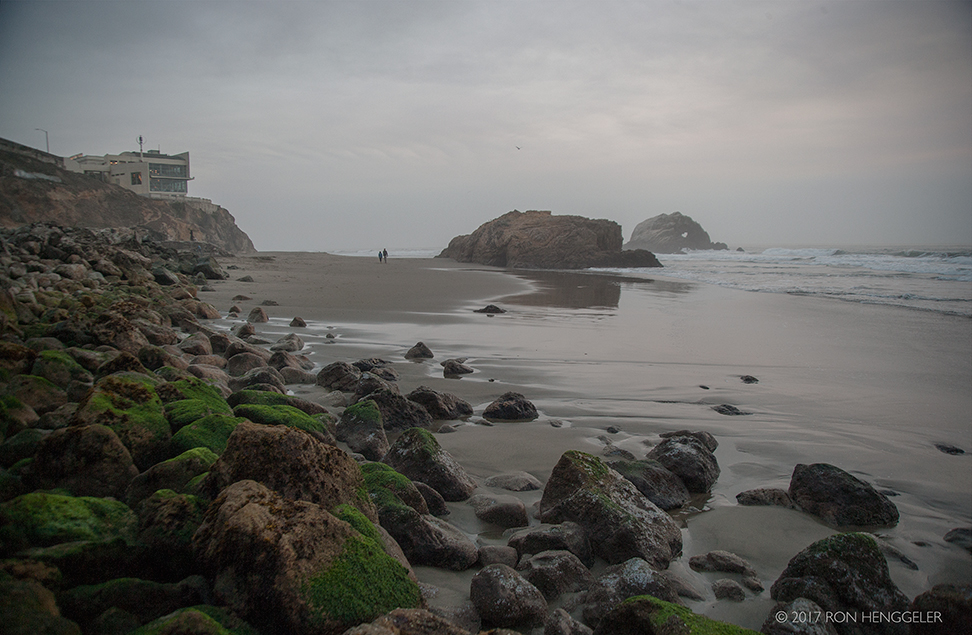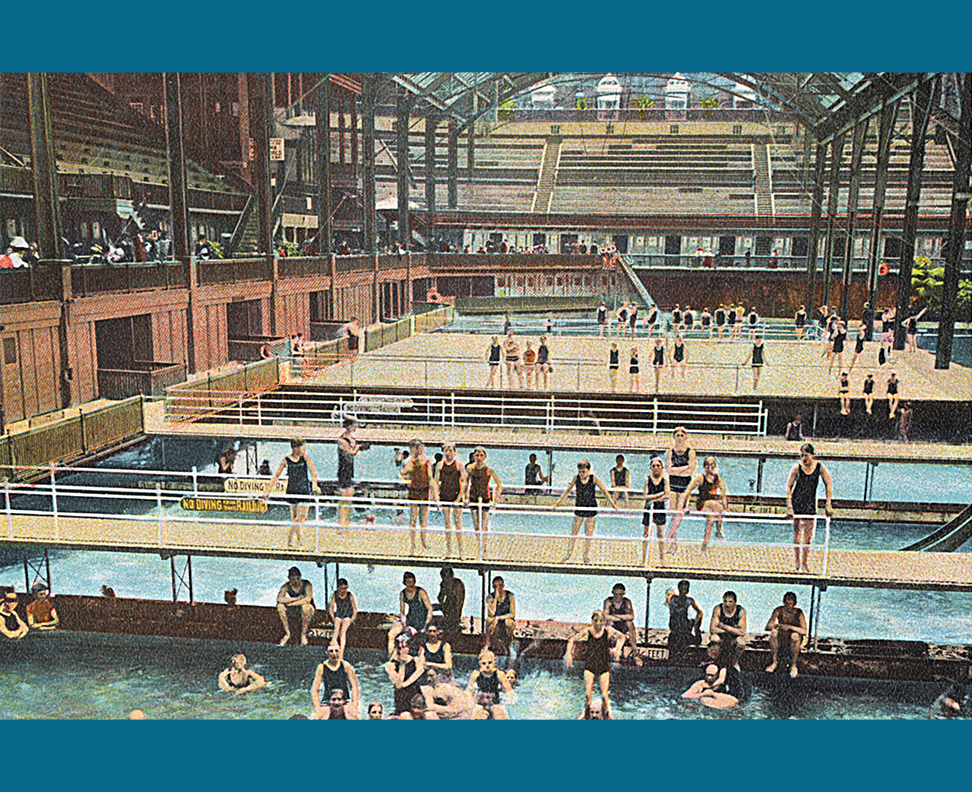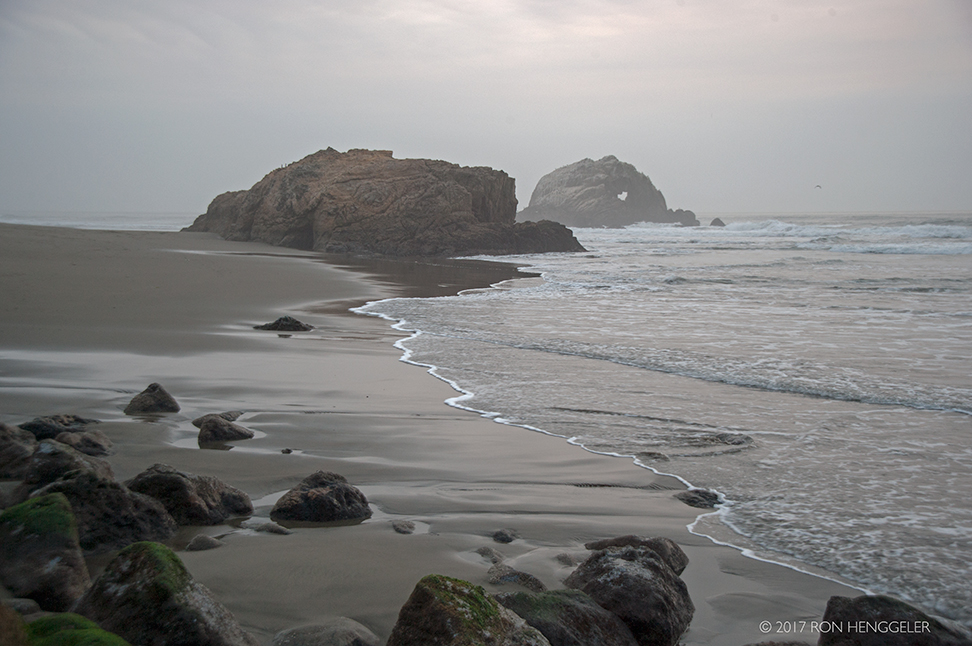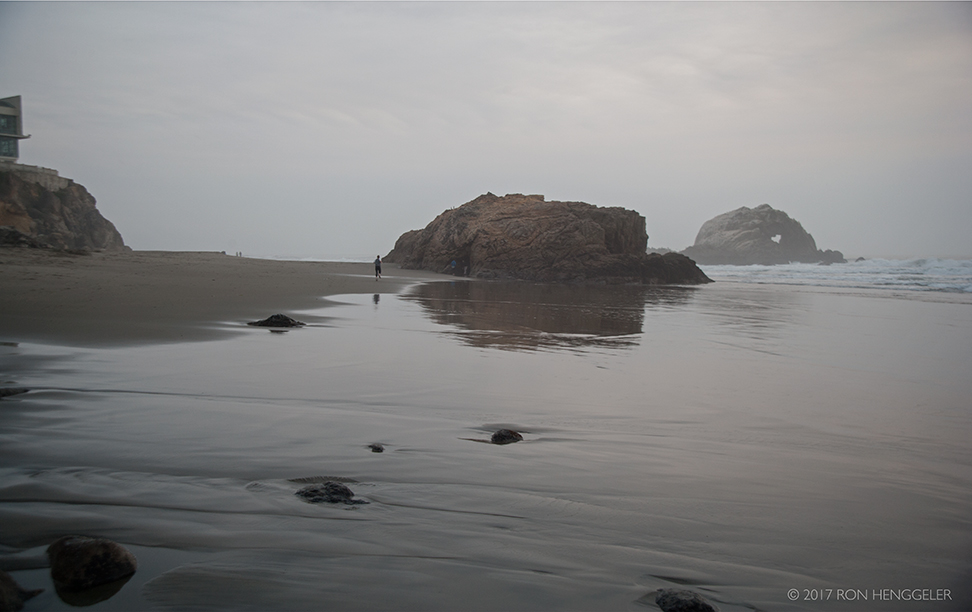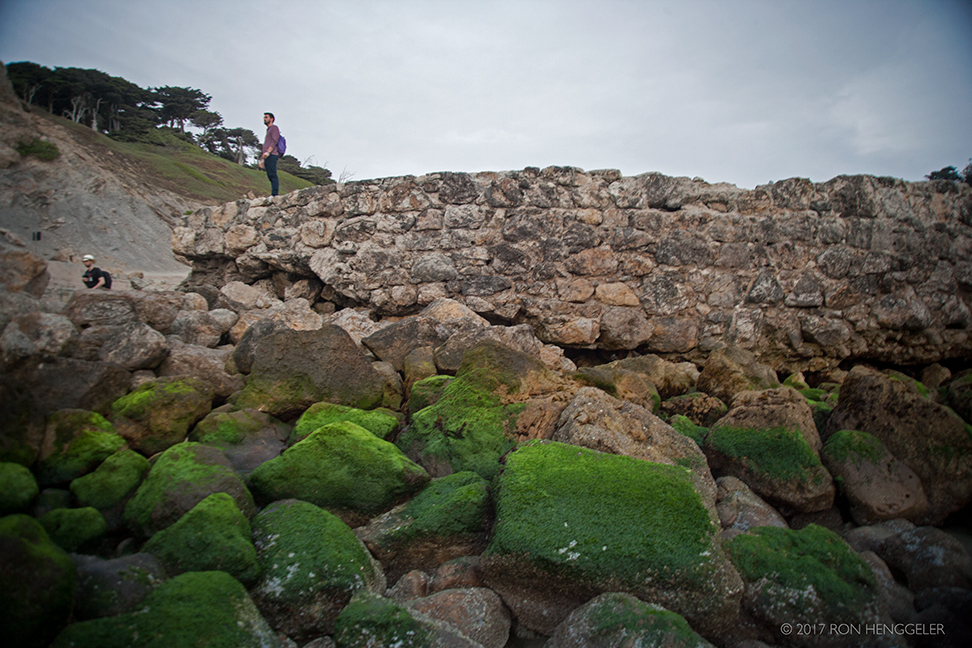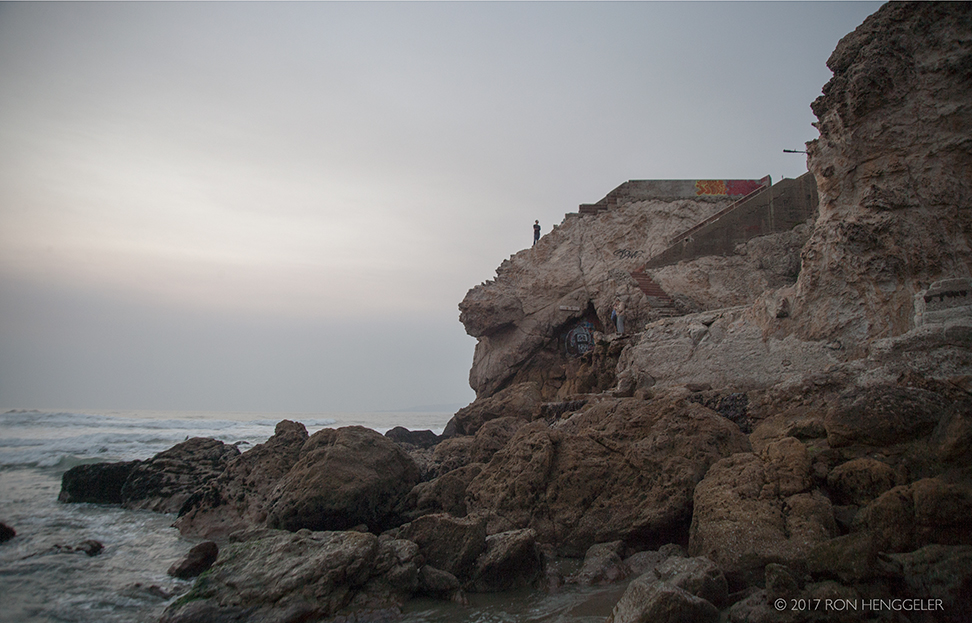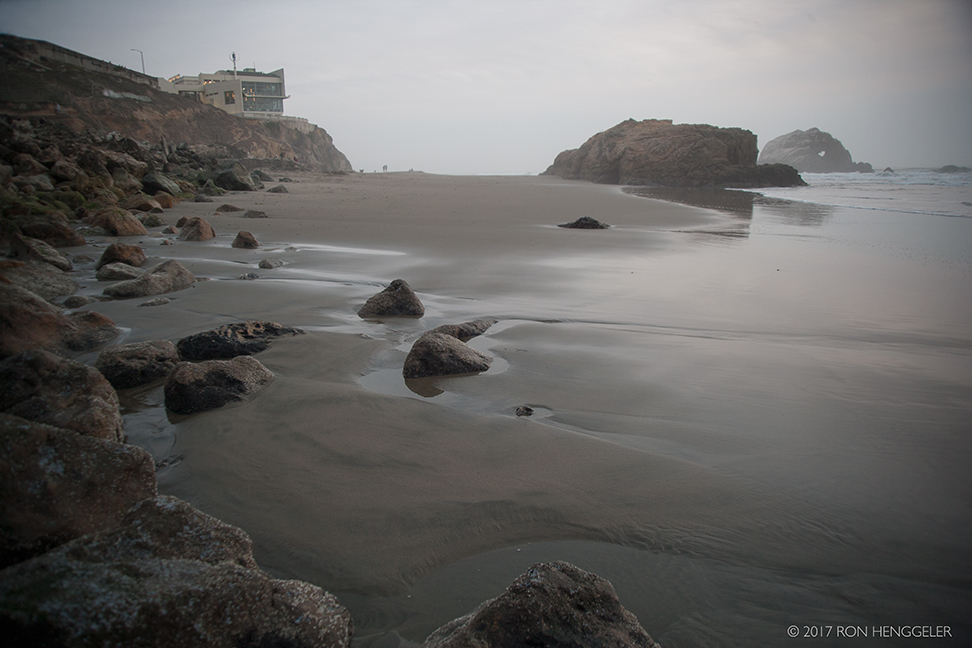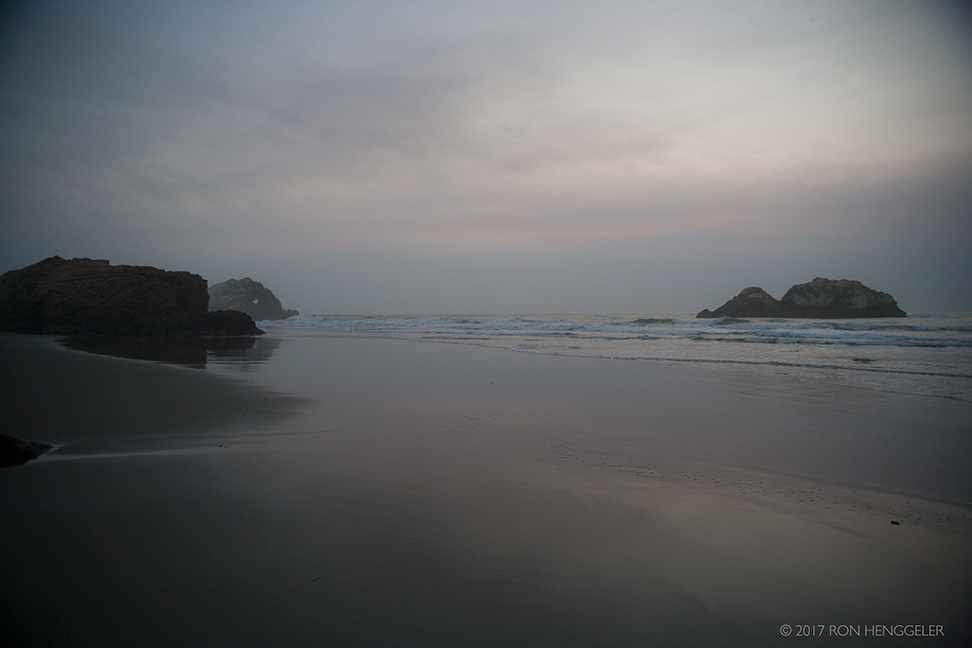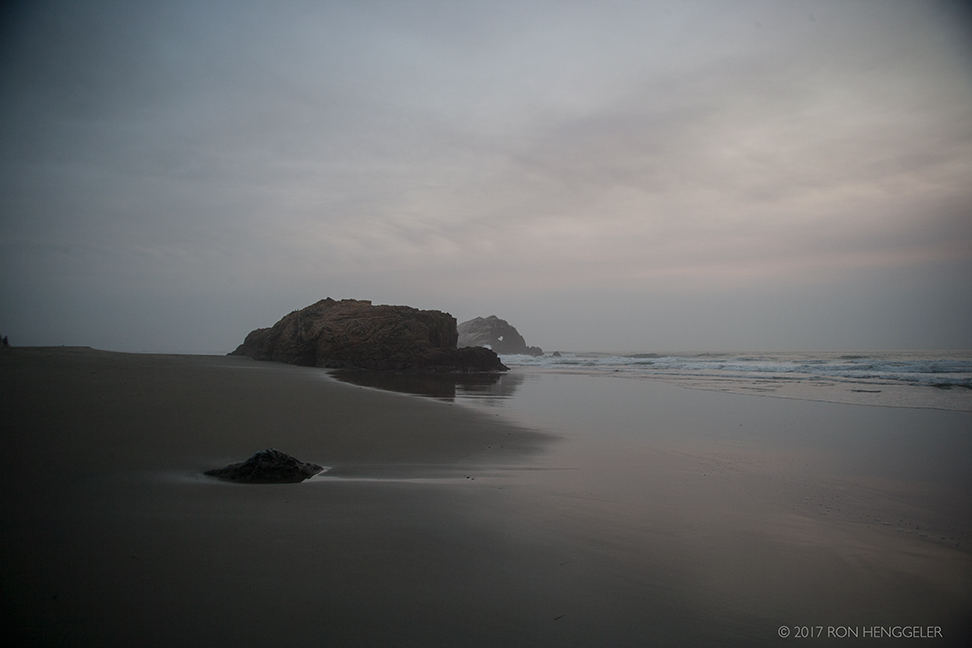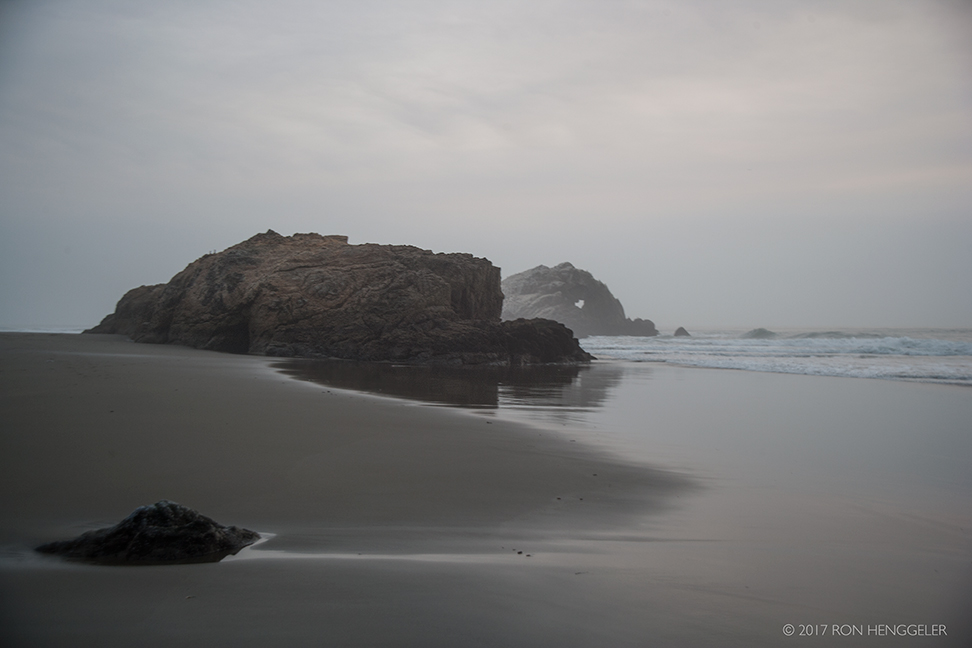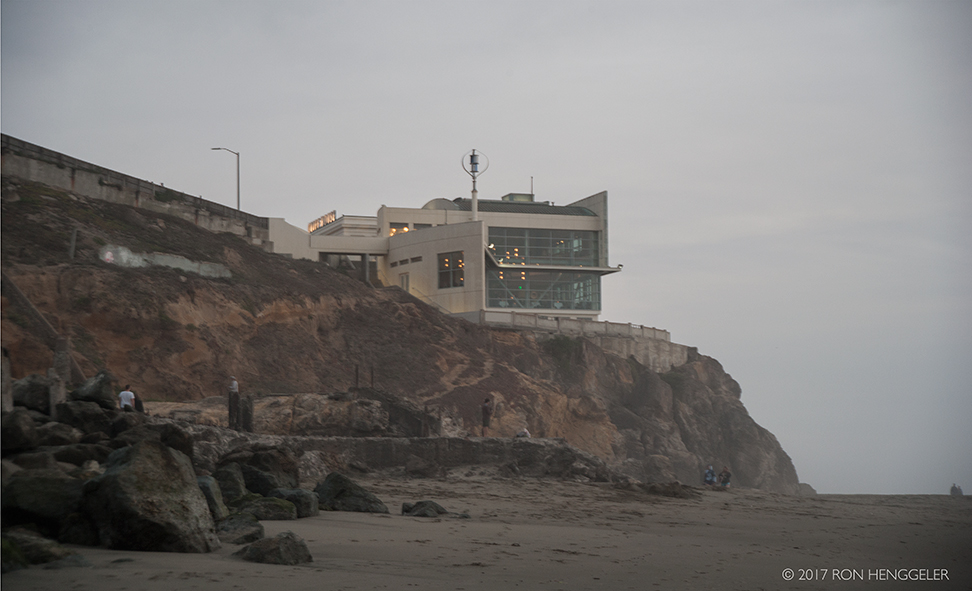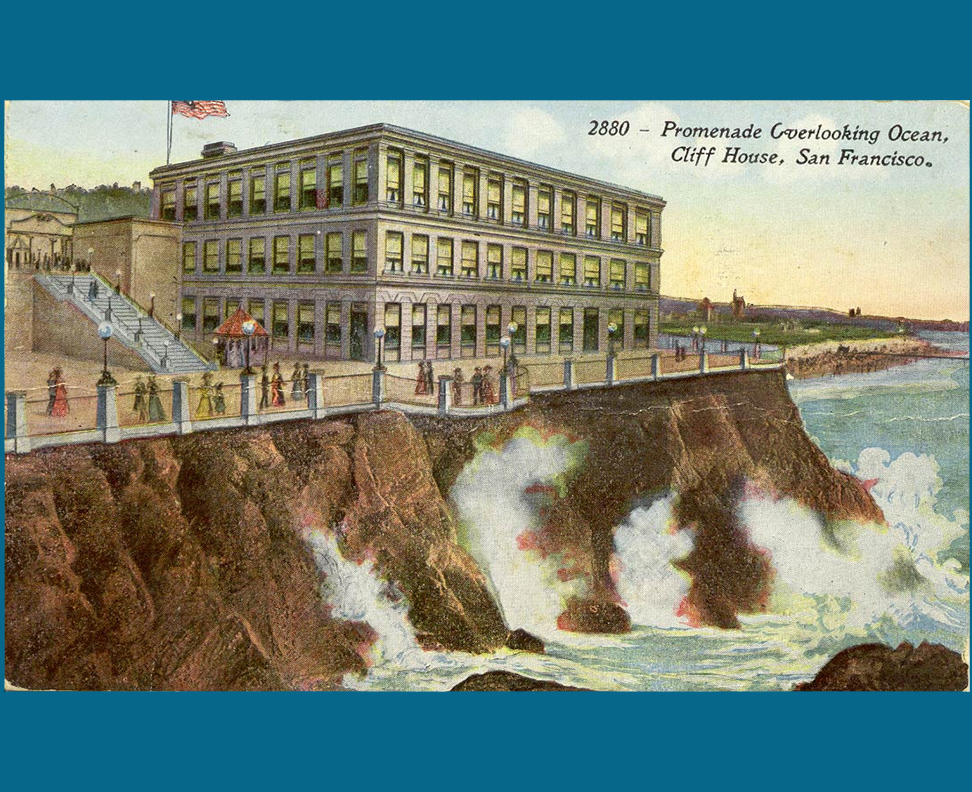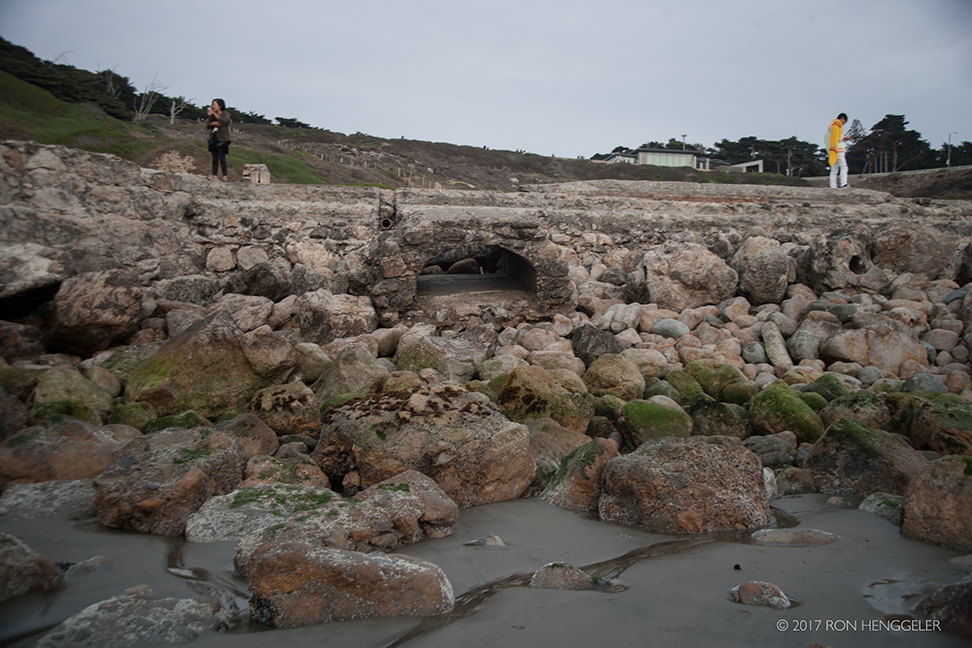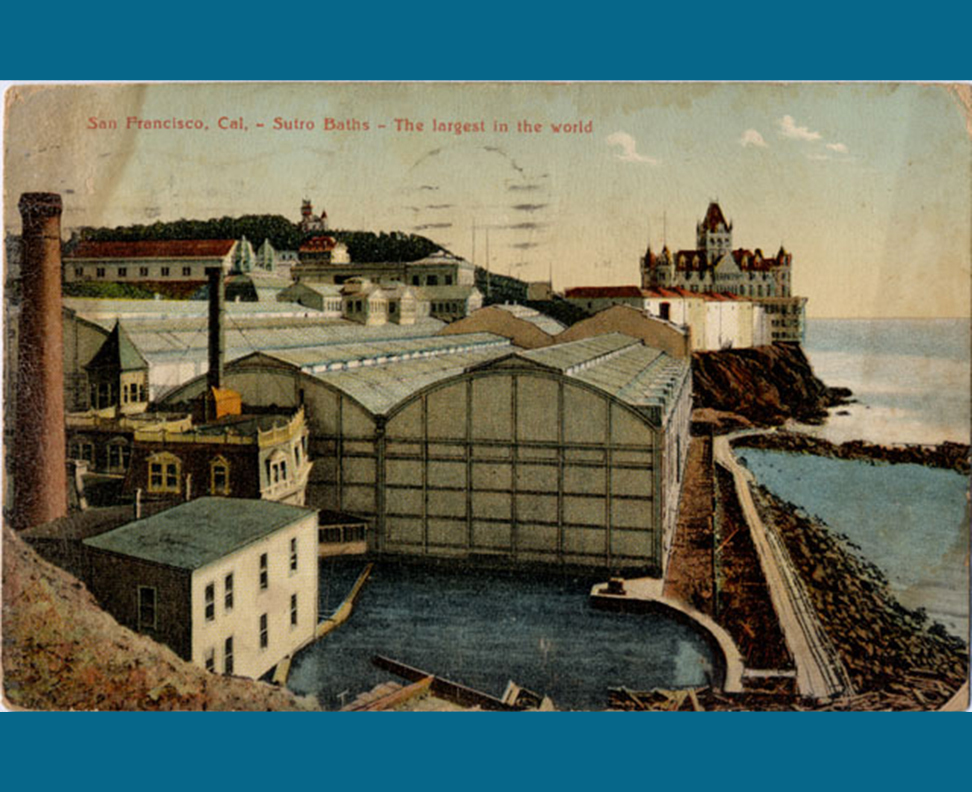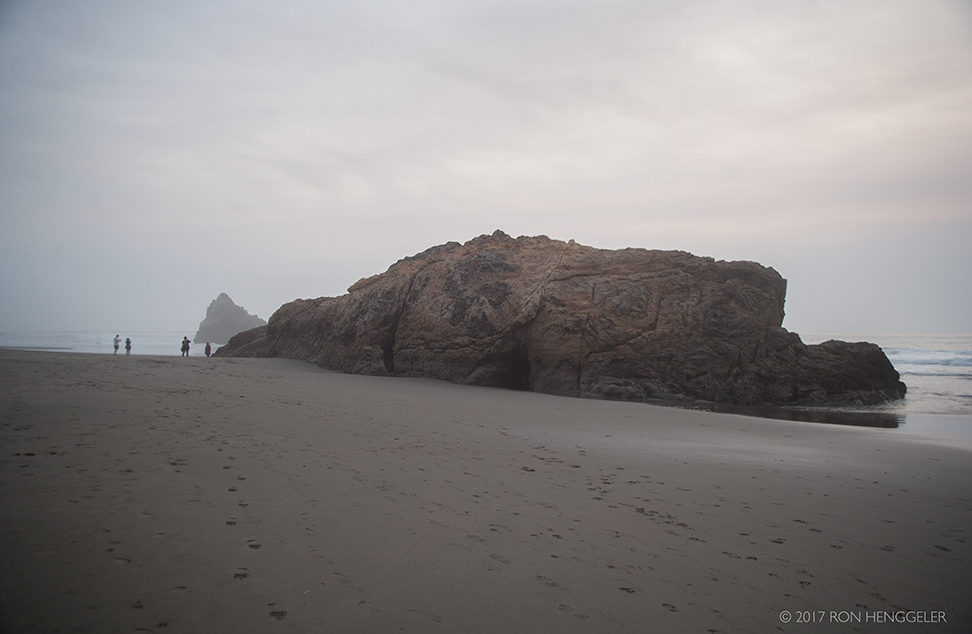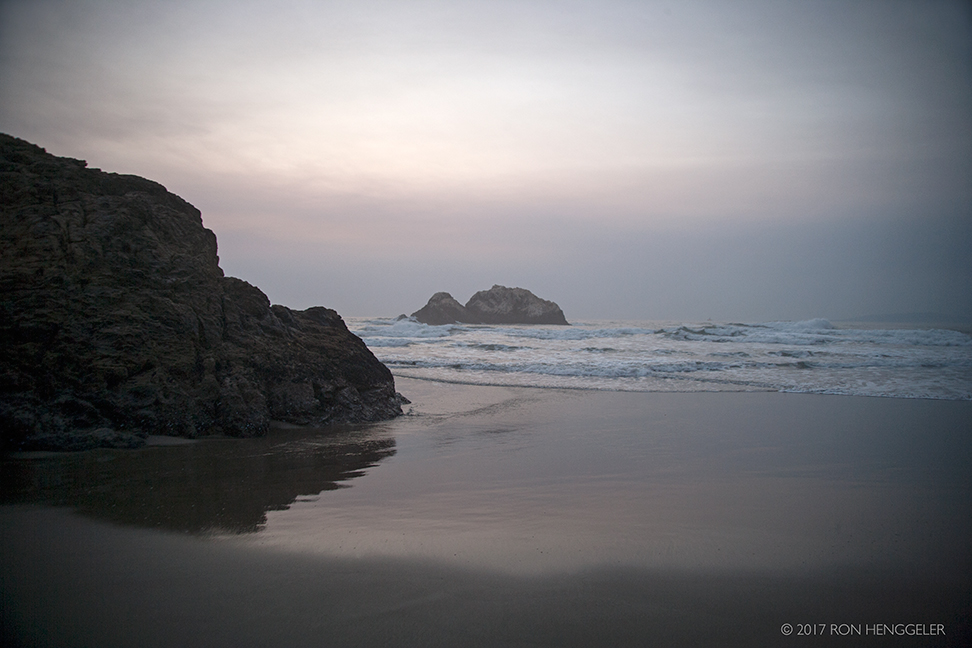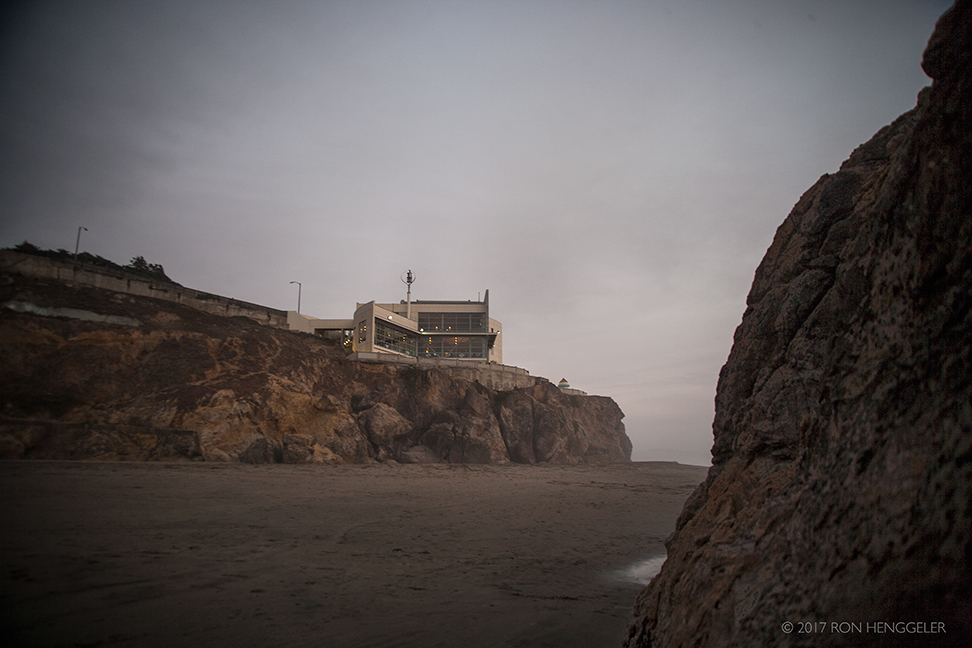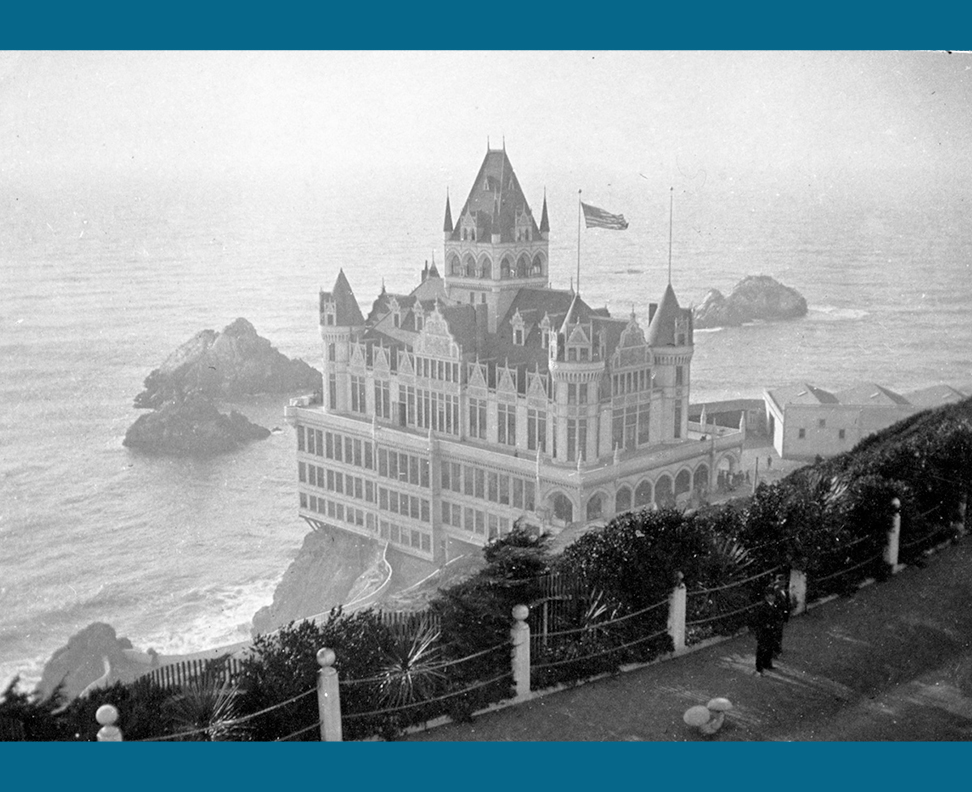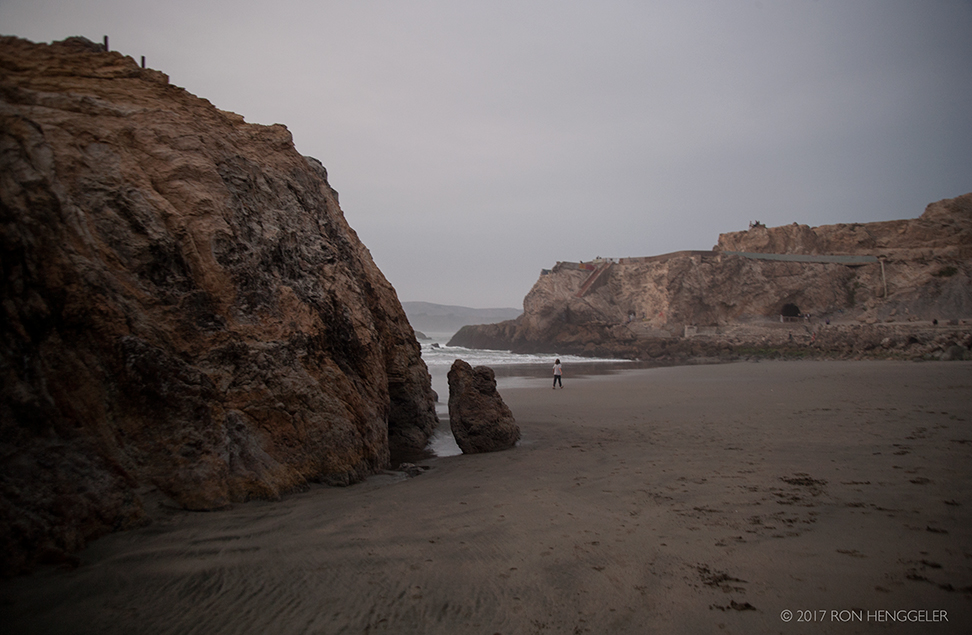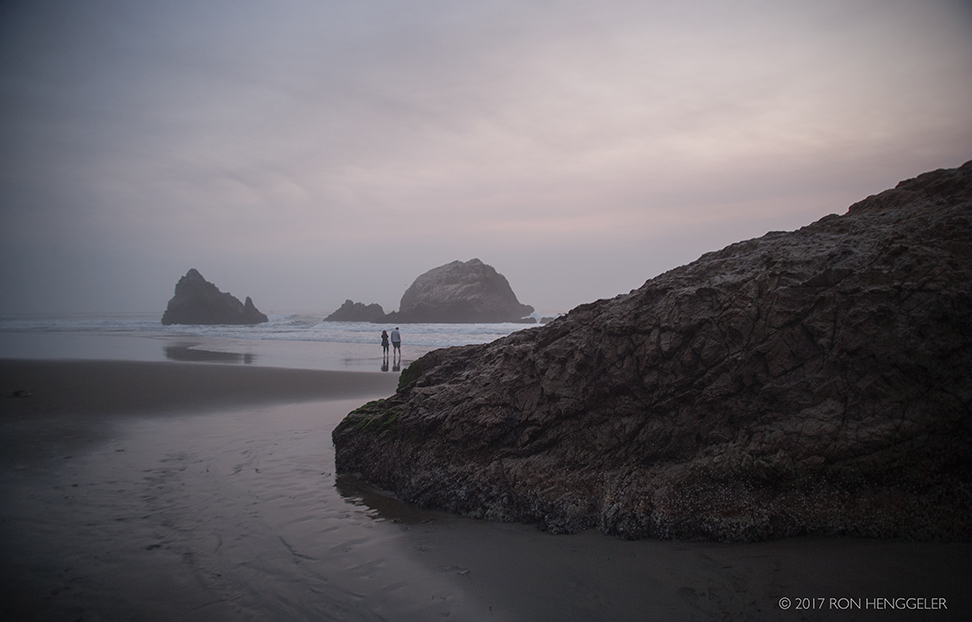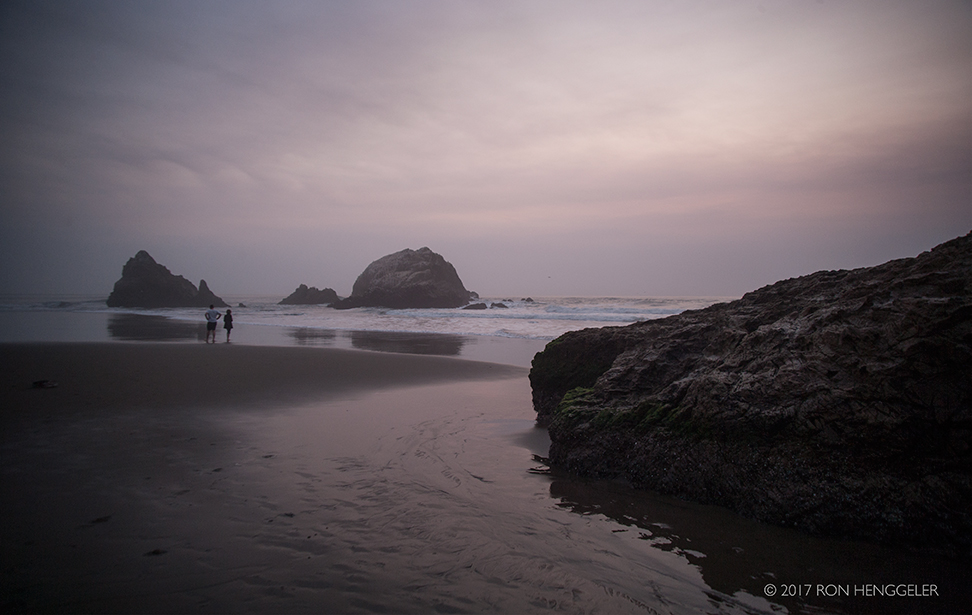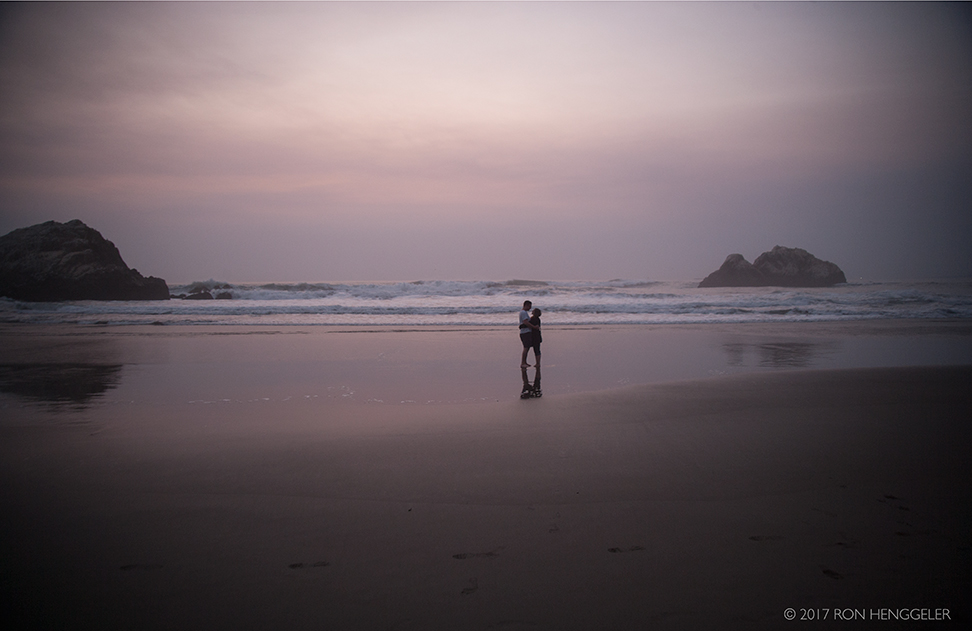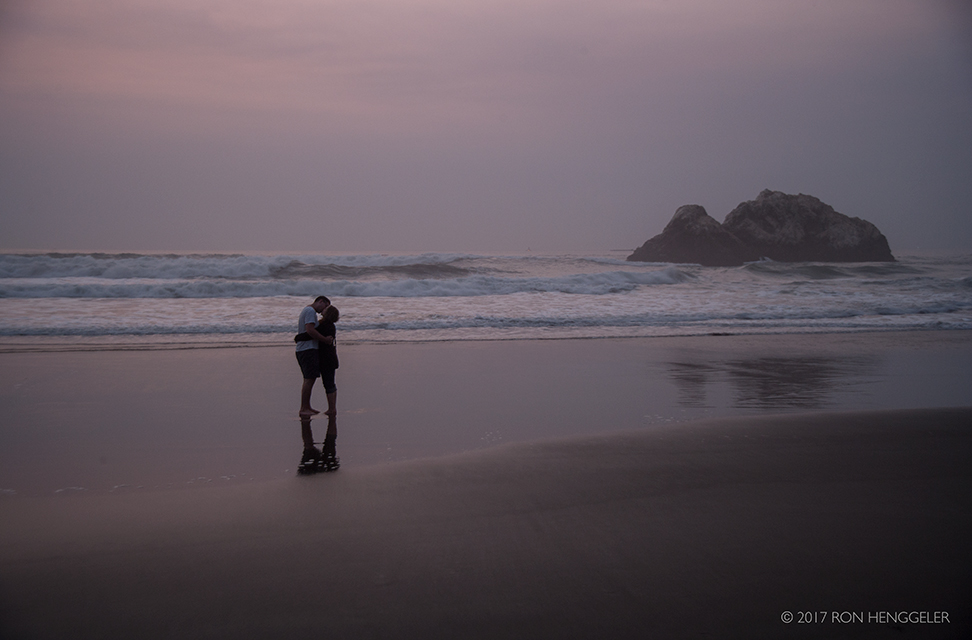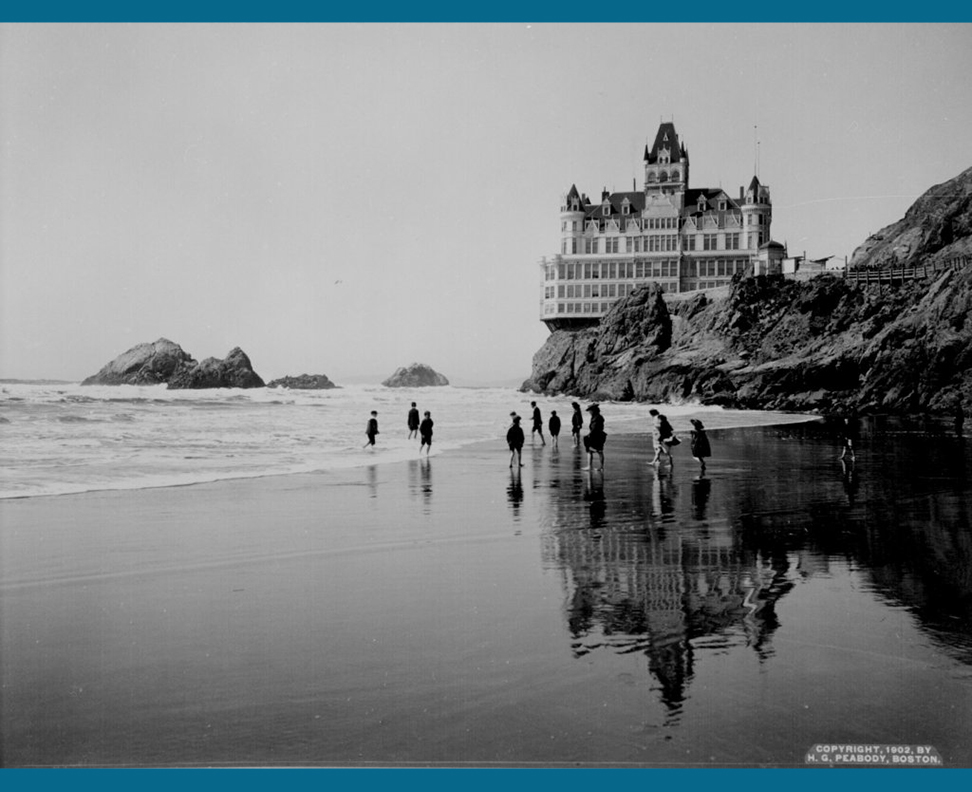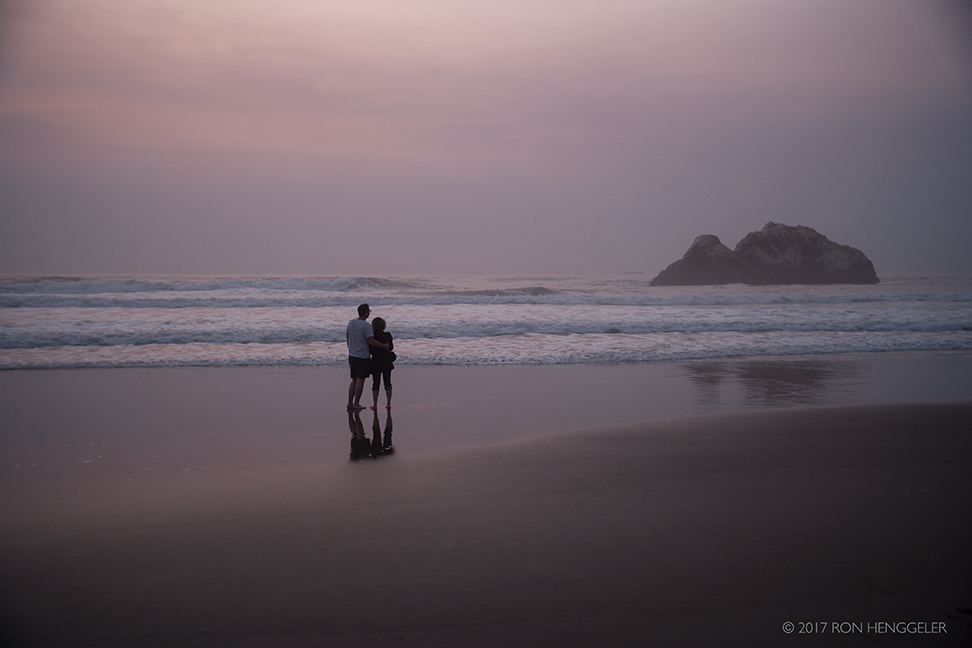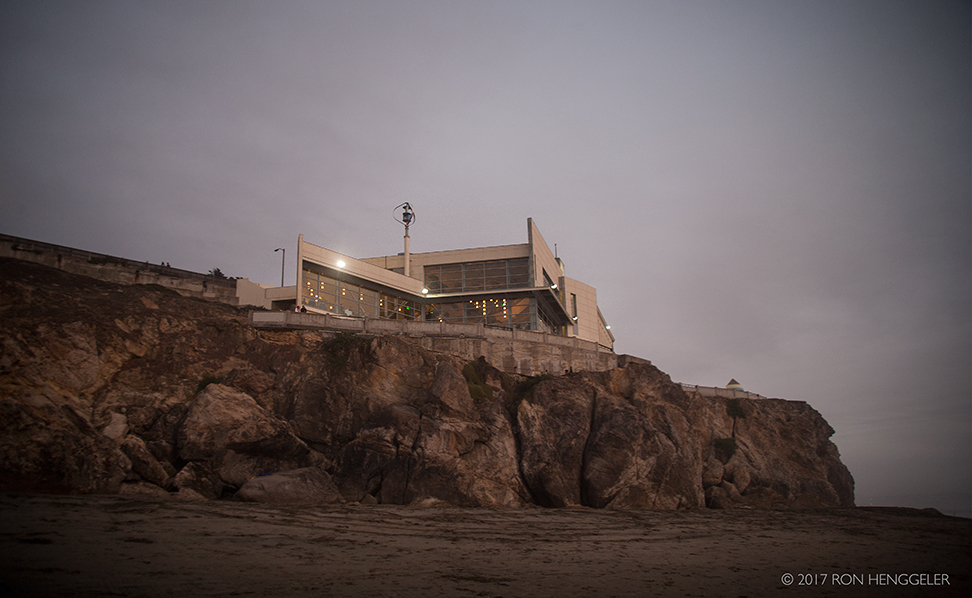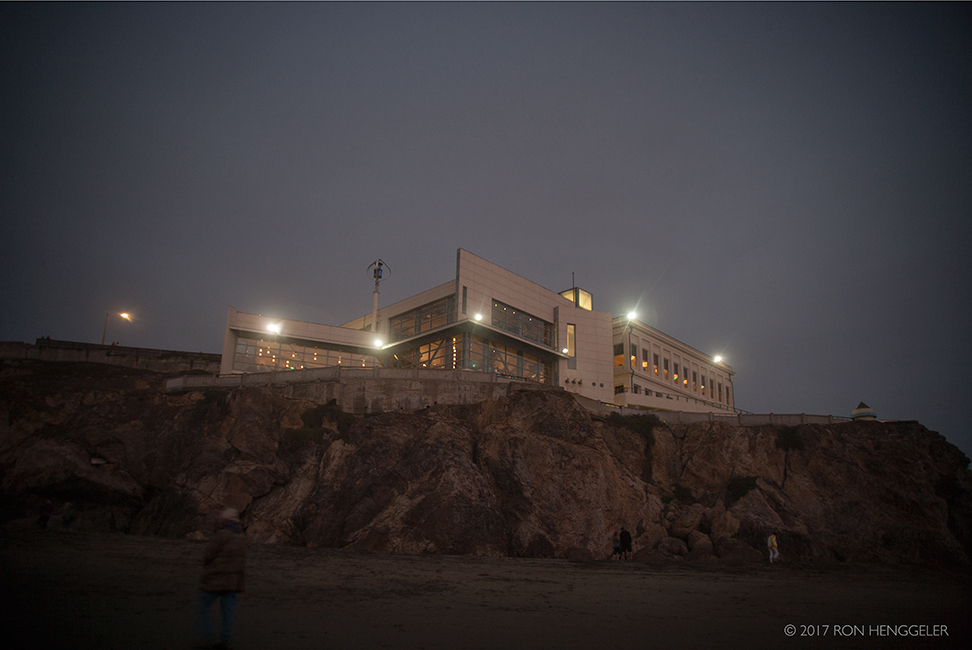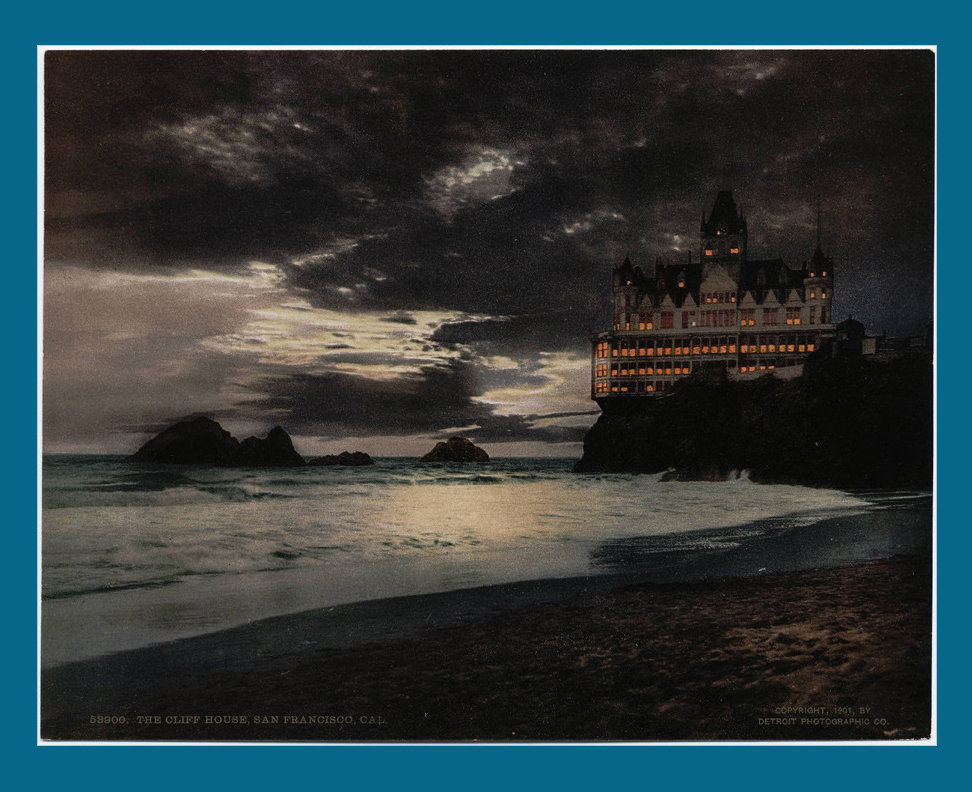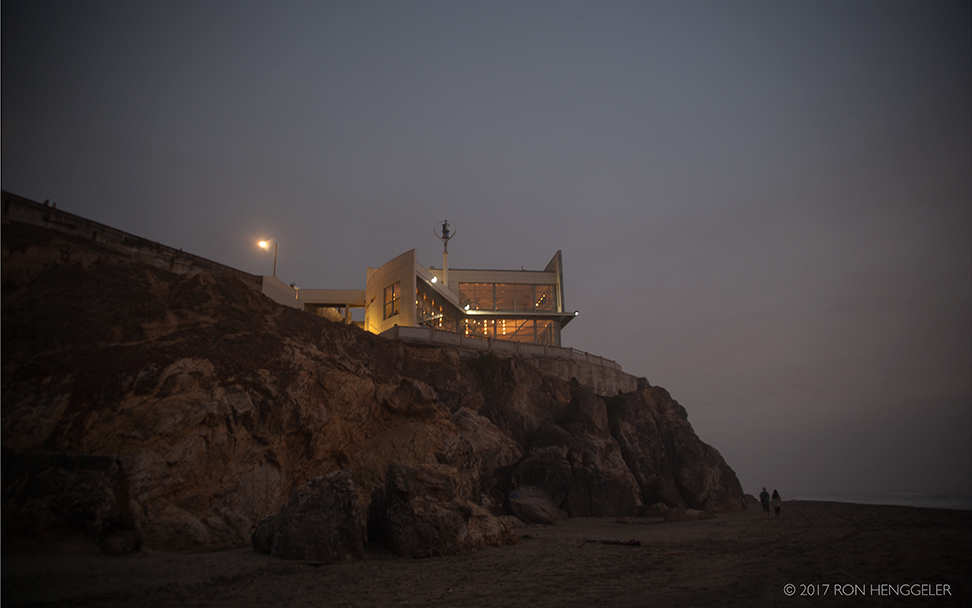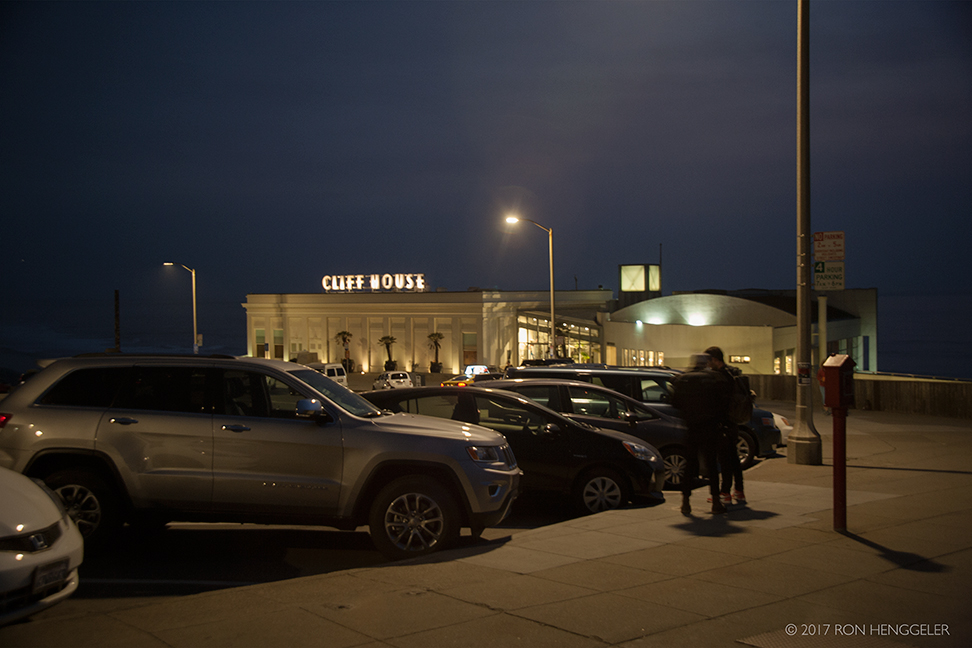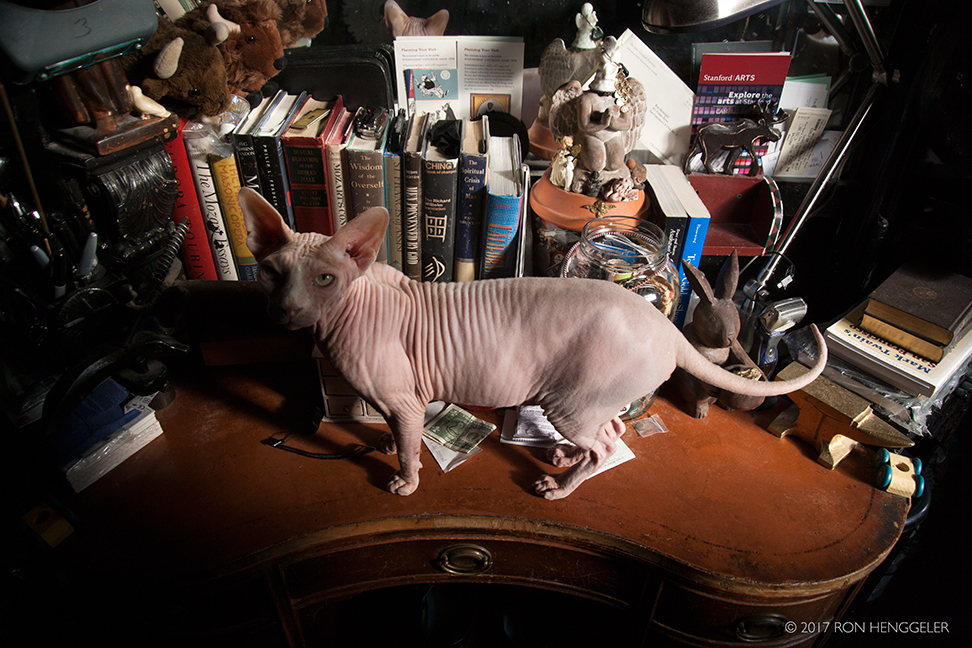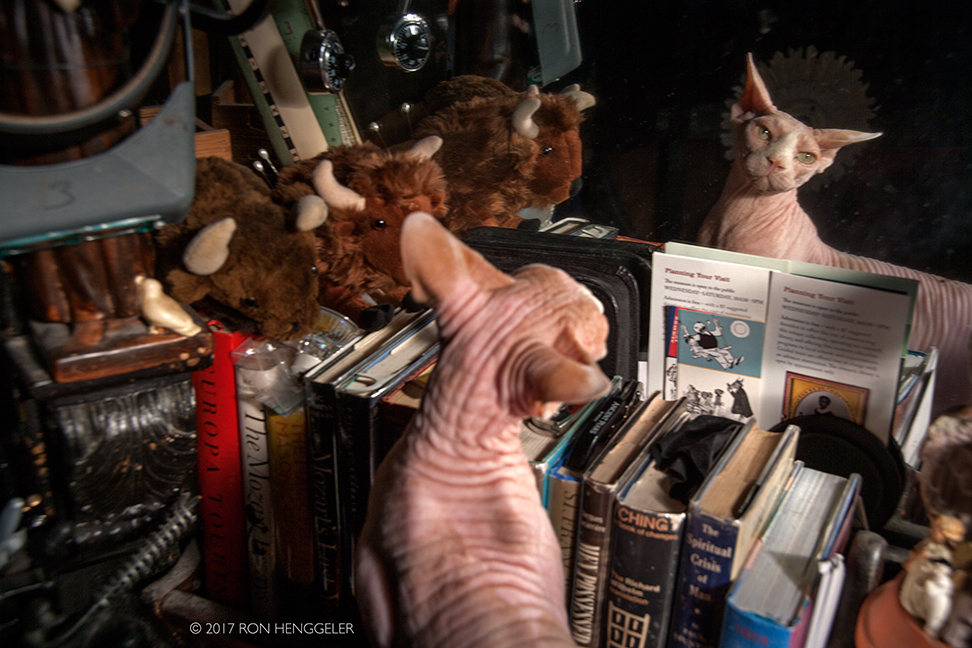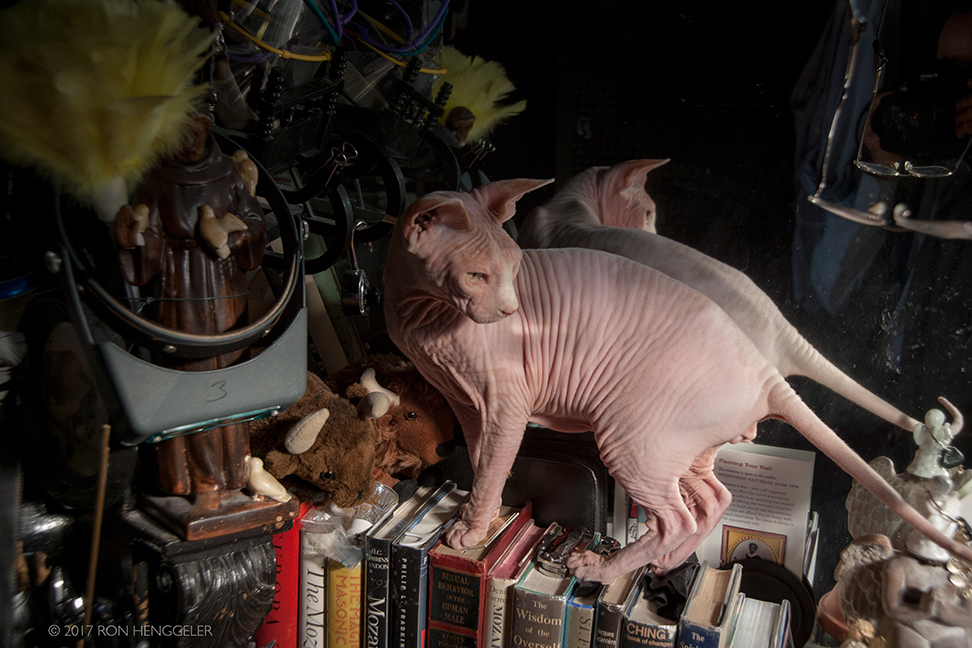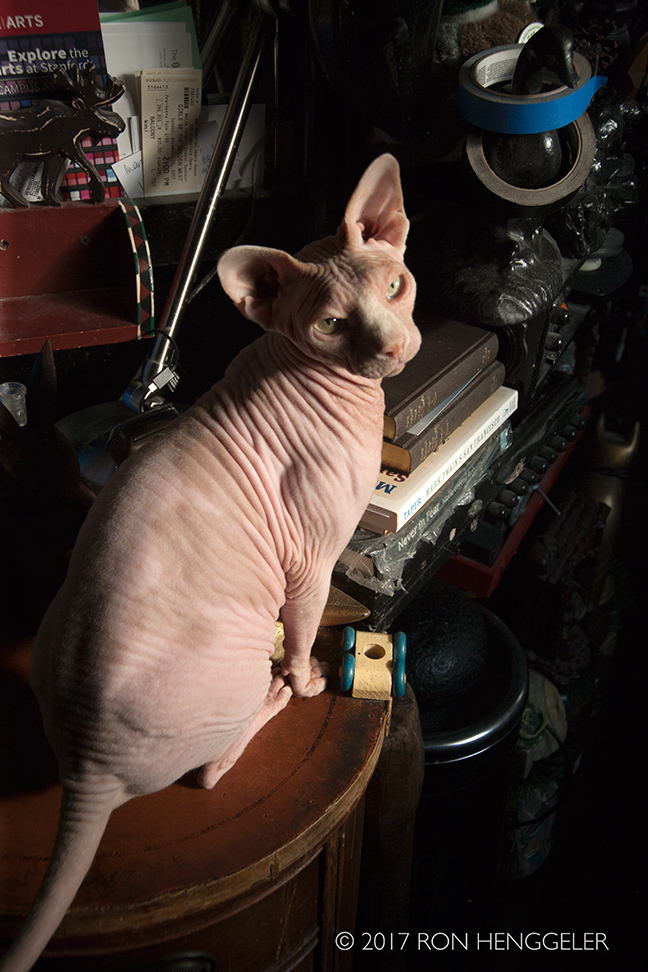RON HENGGELER |
October 20, 2017
Smokey skies at Ocean Beach, and a low tide around Seal Rocks at the Sutro Bath ruins
On Monday October 9th, Dave and I went to Home Depot at Westlake, and ended up at Ocean Beach and the Sutro Baths for the sunset.
Because of the wild fires burning out of control in Napa and Sonoma, the sky at dusk had an unusual color, and the air was filled with the smell of smoke.
The tide was out and the lowest I've ever seen it around the Sutro Baths and Seal Rocks.
The tide was so low that people were actually climbing on one of the accessable Seal Rocks.
I was able to walk the beach alongside the western retaining wall of the Baths, an area that is normally under water.
Below are some of my photos from the day, along with vintage photos of the location.
Ocean Beach and the Cliff House in 1902 |
The Cliff House, Ocean Beach, and Sutro Heights |
The Cliff House as seen from Sutro HeightsThe Cliff House Project is by far the best web site devoted to the Cliff House, the Sutro Baths, and Ocean Beach. |
Ocean Beach to the south of the Cliff House |
|
Seal Rocks and the Sutro Baths |
On March 14, 1896, the Sutro Baths were opened to the public as the world's largest indoor swimming pool establishment. The baths were built on the western side of San Francisco by wealthy entrepreneur and former mayor of San Francisco (1894–1896) Adolph Sutro. |
The ruins of the Sutro Baths, with Seal Rocks and the Cliff House in the distance |
The Ambitious & Magnificent Sutro BathsAdolph Sutro, the self-made millionaire who designed Sutro Heights and later the second Cliff House, developed the amazing Sutro Baths in 1894. With his special interest in natural history and marine studies, he constructed an ocean pool aquarium among the rocks north of the Cliff House. Sutro then expanded his ocean front complex by constructing a massive public bathhouse that covered three acres and boasted impressive engineering and artistic details.
|
|
For a collection of historic Sutro Baths articles, blue prints, historic photographs and films, please visit the Cliff House Project website. |
|
|
Typical of Sutro's progressive spirit, he designed the Baths to provide its visitors with educational as well as recreational opportunities. The front entrance contained natural history exhibits, galleries of sculptures, paintings, tapestries and artifacts from Mexico, China, Asia, and the Middle East, including the popular Egyptian mummies. In addition to swimming, Sutro Baths offered visitors many other attractions including band concerts, talent shows, and restaurants. With several railroads providing transportation to the area by the late 1890s, a visit to Sutro Baths crowned an all-day family excursion to the shore, including stops at Sutro Heights, the Cliff House and Ocean Beach.From: Sutro Baths History with the National Park Service |
For a collection of historic Sutro Baths articles, blue prints, historic photographs and films, please visit the Cliff House Project website. |
|
The west retaining wall of the Sutro Baths |
Seal Rocks |
|
|
Low tide, normally these rocks are under water along the west wall of the Sutro Bath ruins |
|
The End of an EraFor all their glamour and excitement, the Baths were not commercially successful over the long-term. Adolph Sutro died in 1898 and for many years, his family continued to manage his properties. Overtime, the Baths became less popular, due to the Great Depression, reduction in available public transportation and new public health codes. In attempts to make the facility profitable, the owners converted the baths into an ice-skating rink but Sutro Baths never regained its popularity and the ice-skating revenue was not enough to maintain the enormous building. In 1964, developers with plans to replace the Baths with high-rise apartments bought the site and began demolition of the once great structure.From: Sutro Baths History with the National Park Service |
|
|
Please visit the Plan Your Visit Lands End page to learn more visitor information. |
In 1966, a fire destroyed what was left of the Baths; the city did not pursue the high-rise apartment plans. The concrete ruins just north of the Cliff House are the remains of the grand Sutro Baths and have been part of the Golden Gate National Recreation Area since 1973.From: Sutro Baths History with the National Park Service |
|
|
|
|
|
|
|
|
|
|
|
|
|
|
|
For more in-depth information, please down load the History and Significance of Adolph Sutro Historic District from the National Register Nomination Form(NPS, 2000) (pdf file, 120 kb) |
|
|
|
|
|
|
|
|
|
|
|
|
|
|
|
For a collection of historic Sutro Baths articles, blue prints, historic photographs and films, please visit the Cliff House Project website. |
Jazz |
|
|
Jazz |
Newsletters Index: 2017, 2016, 2015, 2014, 2013, 2012, 2011, 2010, 2009, 2008, 2007, 2006
Photography Index | Graphics Index | History Index
Home | Gallery | About Me | Links | Contact
© 2017 All rights reserved
The images are not in the public domain. They are the sole property of the
artist and may not be reproduced on the Internet, sold, altered, enhanced,
modified by artificial, digital or computer imaging or in any other form
without the express written permission of the artist. Non-watermarked copies of photographs on this site can be purchased by contacting Ron.
